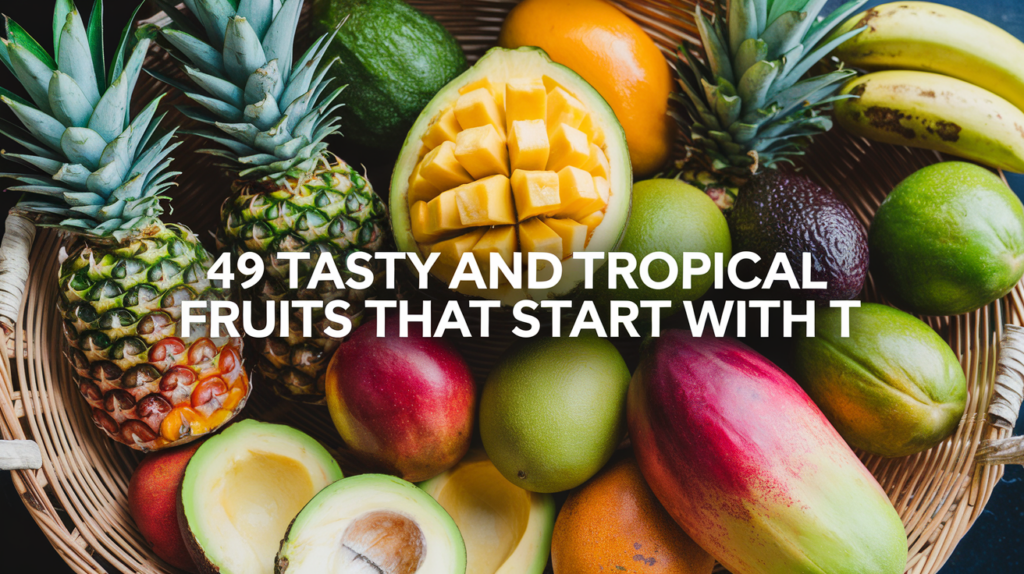Ever wondered about fruits that start with the letter T?
You’re in for a treat! While they might not be the first to come to mind at the grocery store, these unique treasures offer incredible flavors and impressive health benefits.
From the sweet tangelo to the exotic tamarillo, T-fruits bring something special to your plate.
Some are common favorites you’ve definitely encountered, but others might surprise you with their unusual appearances and distinctive tastes.
Join me as we explore these tantalizing options that deserve a spot in your fruit bowl.
Whether you’re a curious foodie or simply looking to expand your palate, these fruits will take your taste buds on a delicious odyssey around the world.
Delicious Fruits that Start with T You Should Try
1. Tangerine

Tangerine is a small, easy-to-peel citrus fruit known for its juicy, tangy-sweet flavor. It’s a popular snack, often enjoyed fresh or in juices.
Nutritional Value Per 100g:
- Calories: 53cal
- Fat: 0.3g
- Sodium: 1mg
- Carbohydrates: 13.3g
- Fiber: 1.8g
- Sugar: 10.6g
- Protein: 0.8g
| Attribute | Information |
|---|---|
| Scientific Name | Citrus reticulata |
| Harvesting Season | Winter, early spring |
| Growing Conditions | Mild climates, well-drained soil |
| Culinary Uses | Juices, salads, desserts |
| Popular Regions | Mediterranean, Asia, USA |
Fun Fact: Tangerines are a rich source of vitamin C, which helps boost the immune system during cold months.
2. Tamarillo
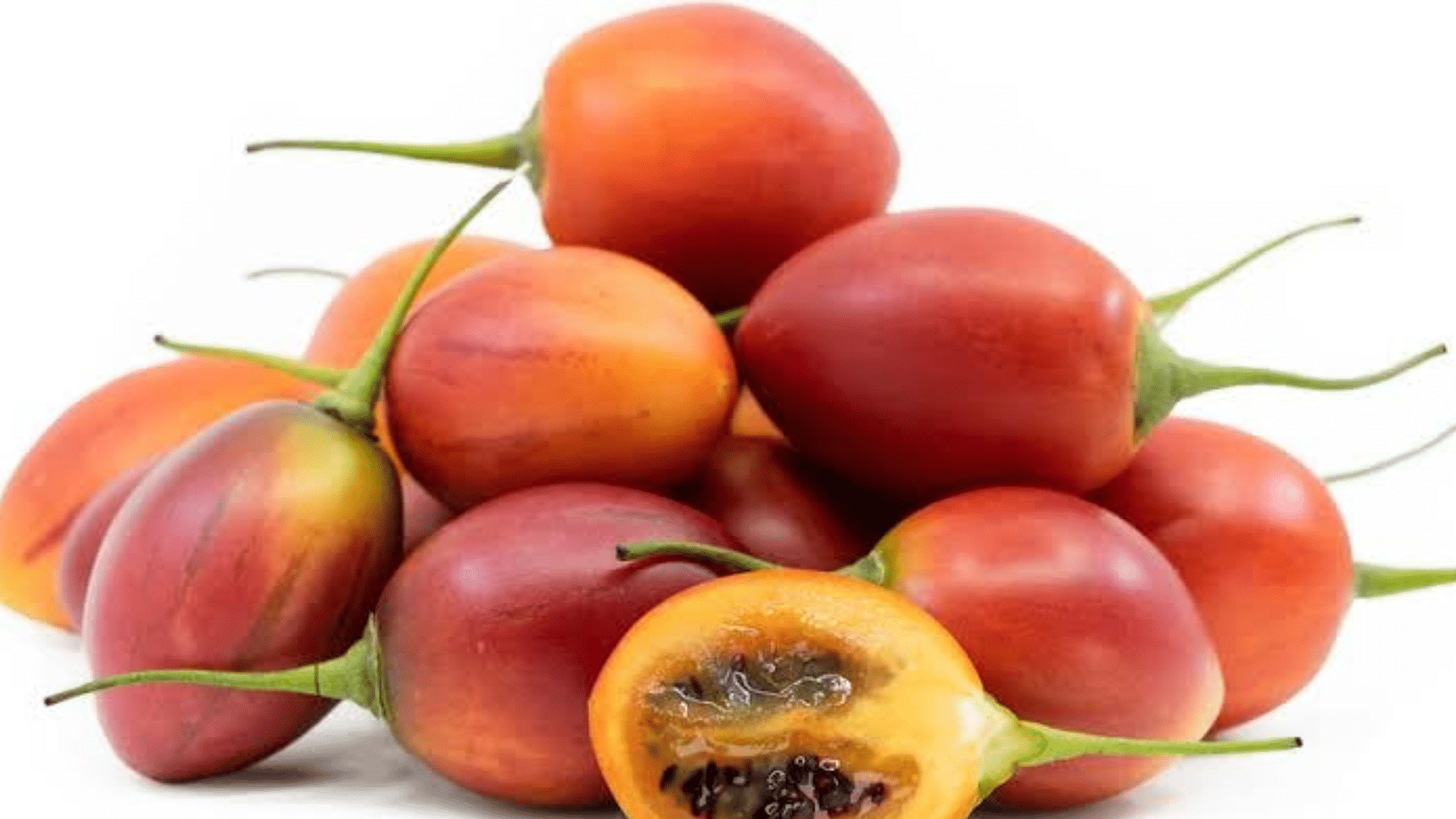
The tamarillo, also known as the tree tomato, is a small, oval-shaped fruit with a tangy and slightly sweet flavor. Its flesh varies from golden yellow to deep red, depending on the variety.
Nutritional Value Per 100g:
- Calories: 31cal
- Fat: 0.3g
- Sodium: 2mg
- Carbohydrates: 7.0g
- Fiber: 2.0g
- Sugar: 4.1g
- Protein: 1.0g
| Attribute | Information |
|---|---|
| Scientific Name | Solanum betaceum |
| Harvesting Season | Spring, early summer |
| Growing Conditions | Tropical and subtropical climates |
| Culinary Uses | Sauces, salads, juices |
| Popular Regions | South America, New Zealand, Africa |
Fun Fact: Tamarillo is often used to make chutneys and sauces due to its tangy flavor, especially in New Zealand.
3. Tamarind
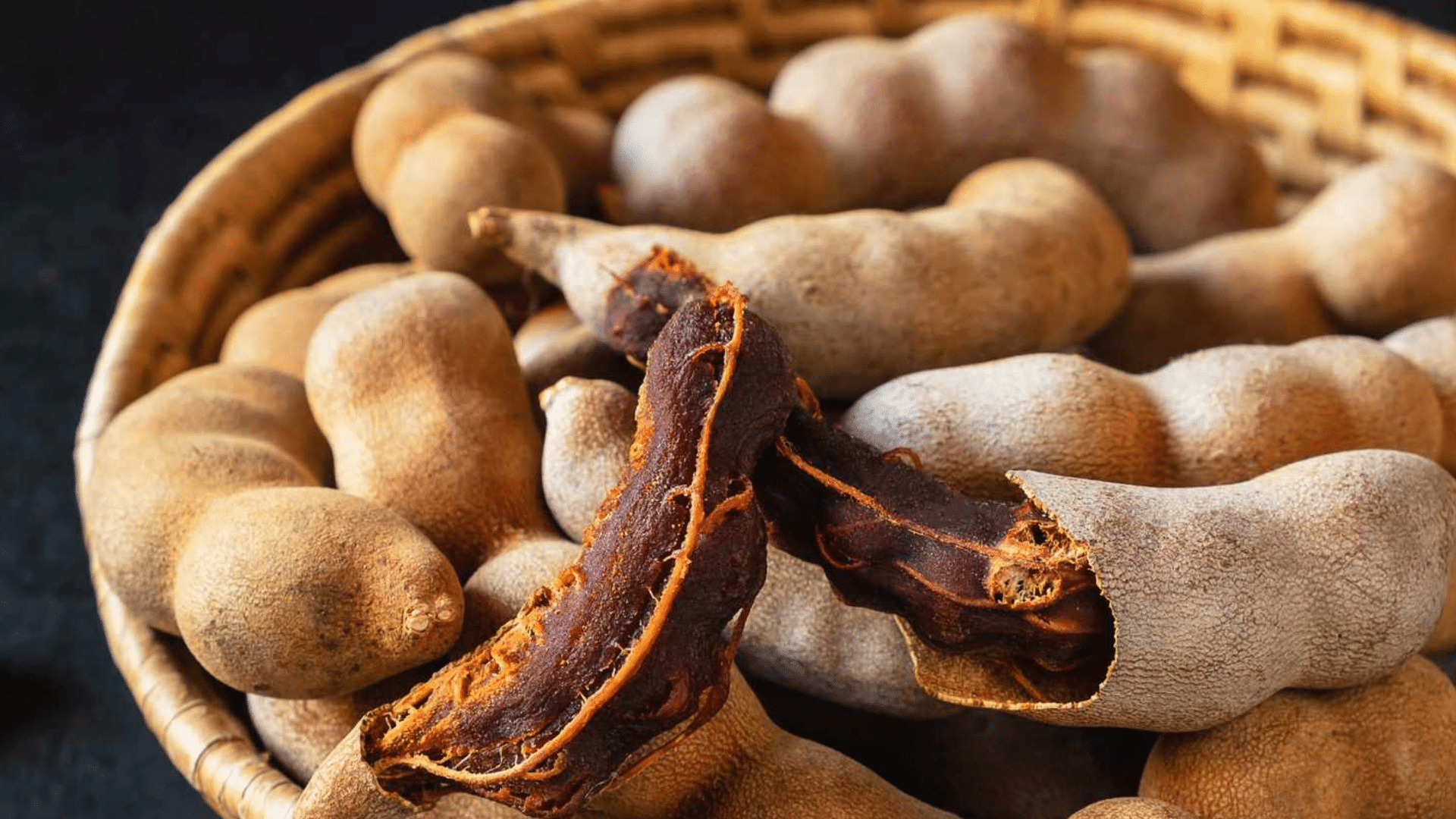
Tamarind is a pod-like fruit that has a sweet, tangy flavor with a sticky pulp. The fruit is often used in savory dishes, beverages, and desserts across various cuisines.
Nutritional Value Per 100g:
- Calories: 239cal
- Fat: 0.4g
- Sodium: 28mg
- Carbohydrates: 62.5g
- Fiber: 5.1g
- Sugar: 38.0g
- Protein: 2.8g
| Attribute | Information |
|---|---|
| Scientific Name | Tamarindus indica |
| Harvesting Season | Year-round in tropical regions |
| Growing Conditions | Tropical climates, well-drained soil |
| Culinary Uses | Soups, stews, drinks, chutneys |
| Popular Regions | Southeast Asia, India, Africa |
Fun Fact: Tamarind is known for its use in making tangy sauces and is a key ingredient in many Asian and Middle Eastern dishes.
4. Tangelo
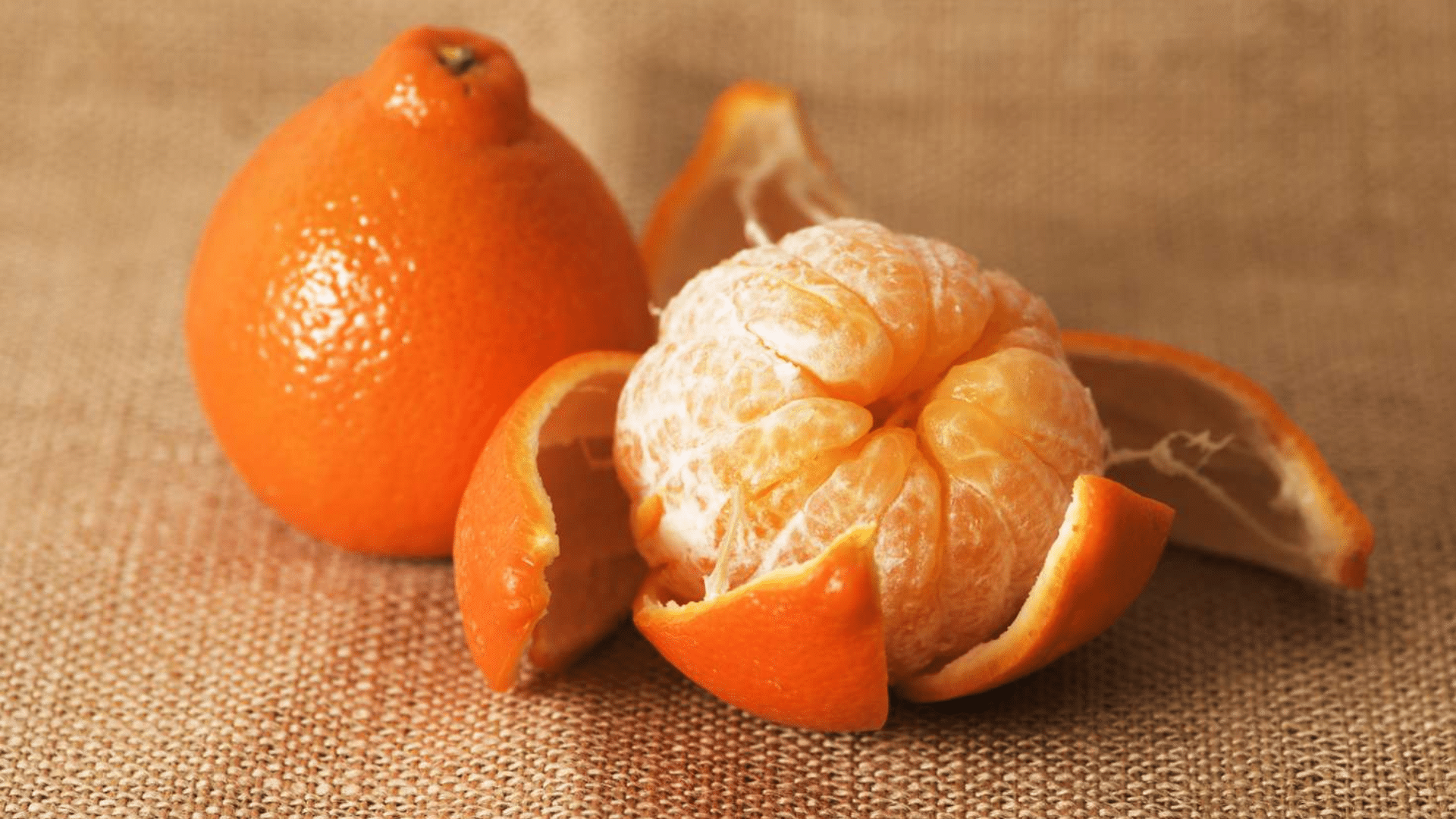
Tangelo is a hybrid fruit, a cross between a tangerine and a pomelo or grapefruit. It’s tangy, sweet, and easy to peel, making it a favorite in fruit salads and juices.
Nutritional Value Per 100g:
- Calories: 47cal
- Fat: 0.1g
- Sodium: 1mg
- Carbohydrates: 11.7g
- Fiber: 1.8g
- Sugar: 9.3g
- Protein: 0.6g
| Attribute | Information |
|---|---|
| Scientific Name | Citrus × tangelo |
| Harvesting Season | Winter, early spring |
| Growing Conditions | Warm climates, full sunlight |
| Culinary Uses | Juices, desserts, fruit salads |
| Popular Regions | USA, Australia, Mediterranean |
Fun Fact: The tangelo’s vibrant flavor makes it a popular fruit for holiday celebrations in the US, especially during Christmas.
5. Tayberry
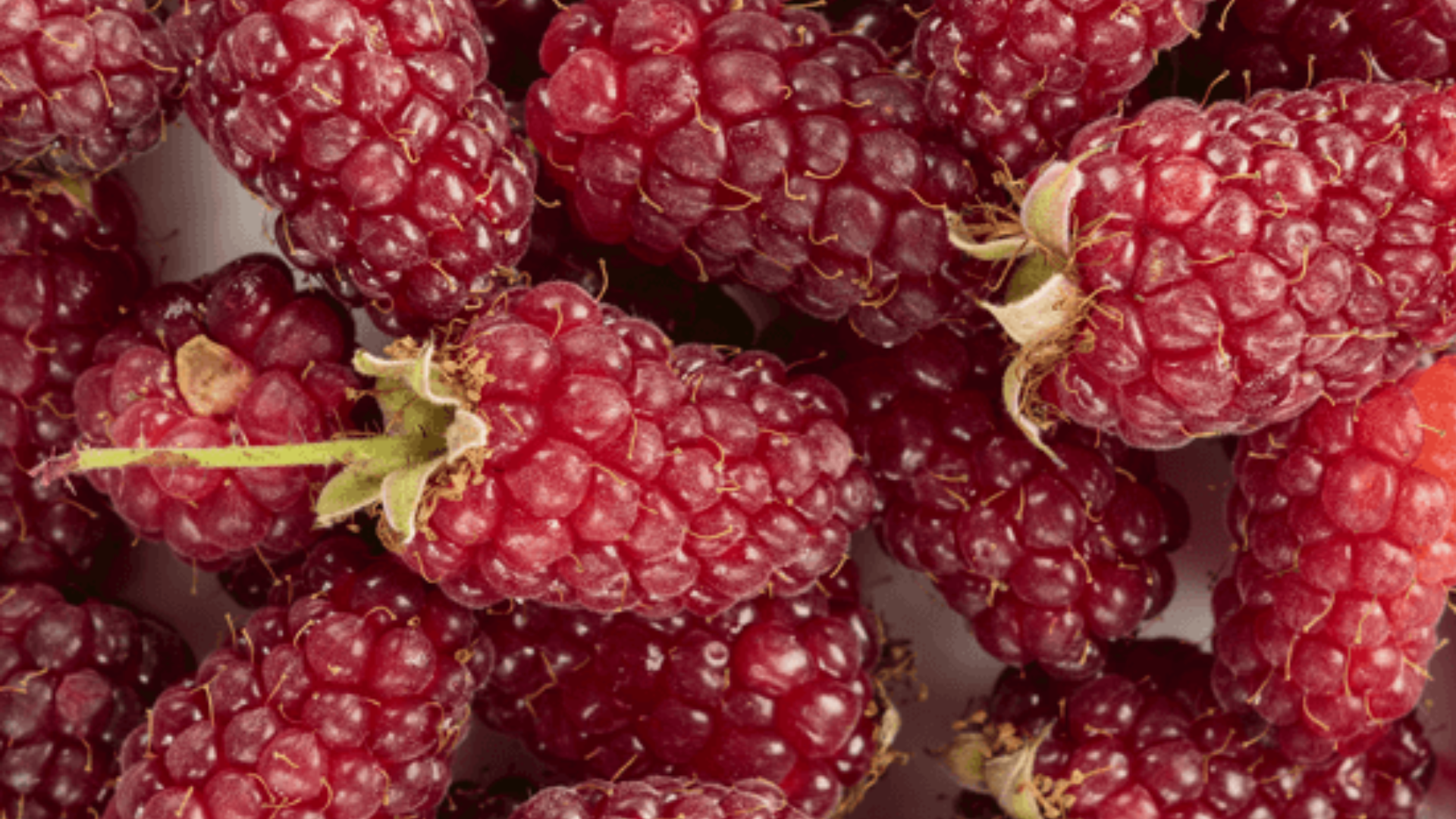
A hybrid between a raspberry and a blackberry, the tayberry has a deep red to purple color and a tart, sweet flavor. It’s a great addition to jams, pies, and sauces.
Nutritional Value Per 100g:
- Calories: 45cal
- Fat: 0.3g
- Sodium: 1mg
- Carbohydrates: 11.1g
- Fiber: 5.4g
- Sugar: 4.9g
- Protein: 1.0g
| Attribute | Information |
|---|---|
| Scientific Name | Rubus fruticosus × idaeus |
| Harvesting Season | Summer, early autumn |
| Growing Conditions | Temperate climates, well-drained soil |
| Culinary Uses | Jams, pies, smoothies |
| Popular Regions | United Kingdom, North America |
Fun Fact: Tayberries are often praised for their high levels of antioxidants and vitamin C, making them a great choice for boosting the immune system.
6. Teaberry
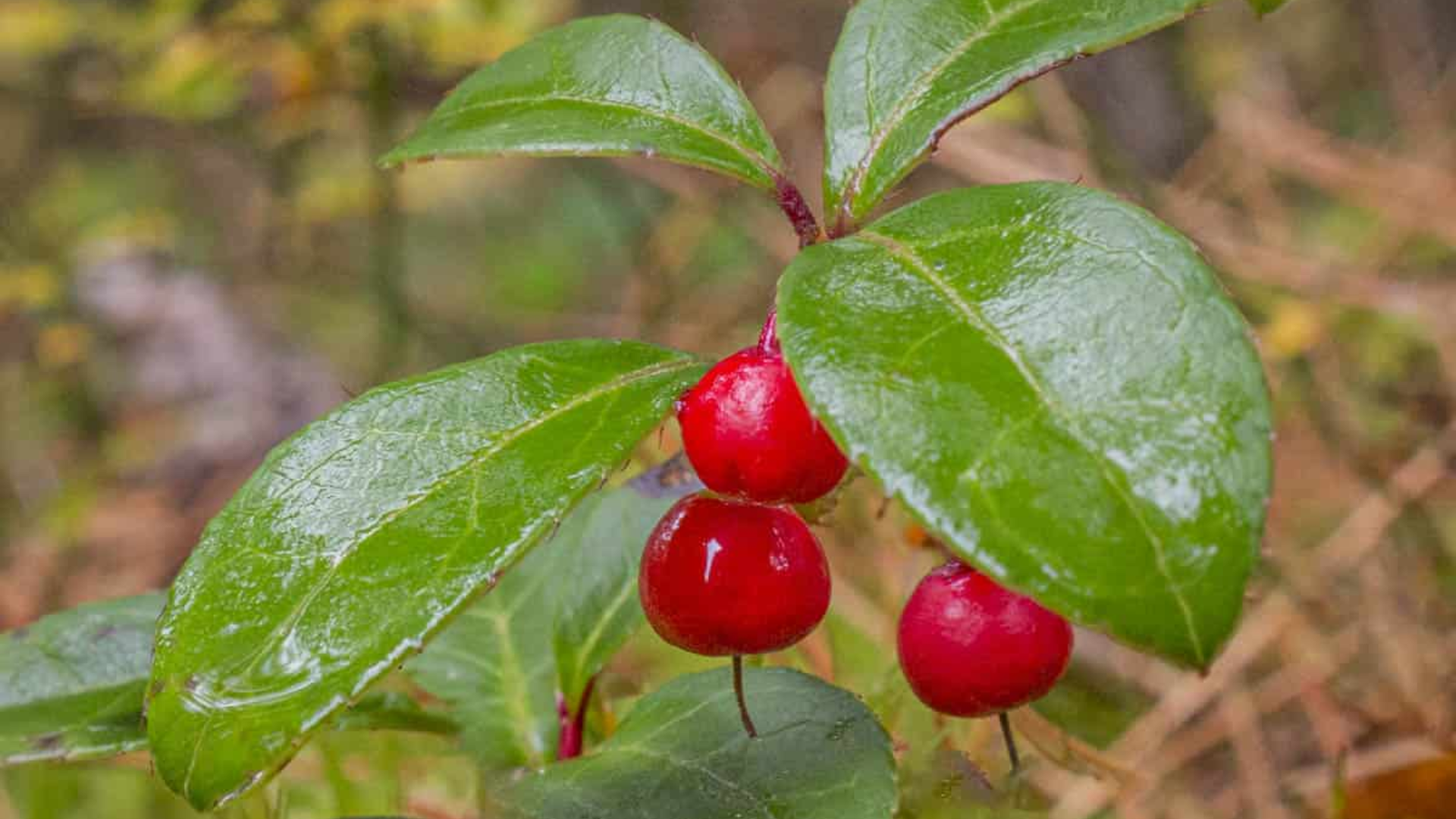
Teaberry is a small, red fruit that grows on a low shrub and has a sweet, minty flavor. It’s often used in teas and in some traditional recipes for candies and desserts.
Nutritional Value Per 100g:
- Calories: 50cal
- Fat: 0.5g
- Sodium: 1mg
- Carbohydrates: 13.2g
- Fiber: 3.0g
- Sugar: 8.5g
- Protein: 0.8g
| Attribute | Information |
|---|---|
| Scientific Name | Gaultheria procumbens |
| Harvesting Season | Fall |
| Growing Conditions | Cool climates, acidic soil |
| Culinary Uses | Teas, desserts, candies |
| Popular Regions | North America, Eastern Canada |
Fun Fact: Teaberries are also known as wintergreen berries and are a key ingredient in creating wintergreen flavoring for candies and chewing gum.
7. Tiger Fruit
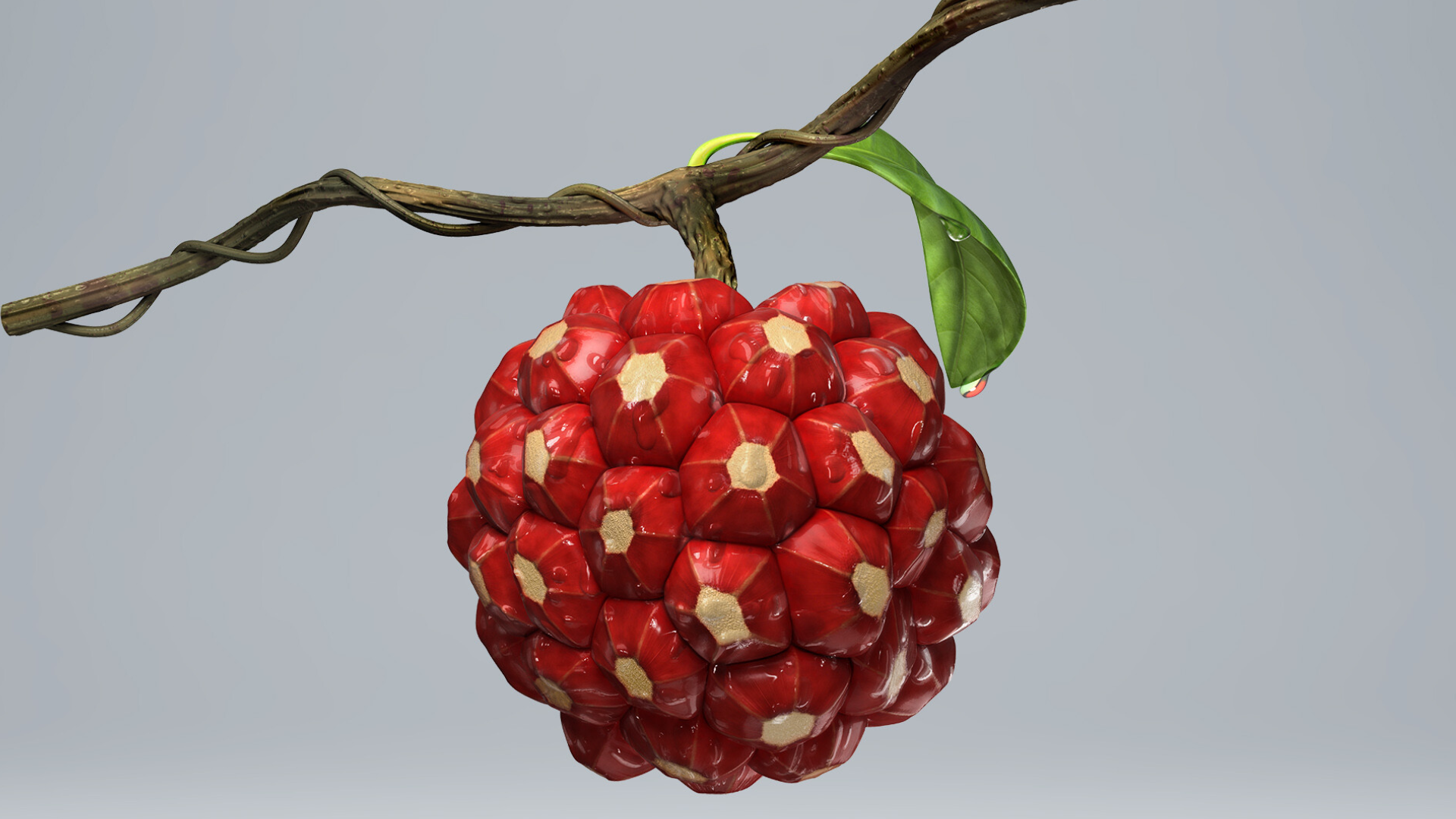
Tiger fruit, also known as the “dragon fruit” or pitaya, has a vibrant pink or yellow skin with white or red flesh speckled with tiny black seeds. It is known for its mildly sweet flavor and striking appearance.
Nutritional Value Per 100g:
Calories: 50cal
- Fat: 0.1g
- Sodium: 0mg
- Carbohydrates: 11.0g
- Fiber: 3.0g
- Sugar: 8.0g
- Protein: 1.0g
| Attribute | Information |
|---|---|
| Scientific Name | Hylocereus undatus |
| Harvesting Season | Summer, year-round |
| Growing Conditions | Tropical climates, well-drained soil |
| Culinary Uses | Smoothies, salads, fruit bowls |
| Popular Regions | Mexico, Central America, Southeast Asia |
Fun Fact: Tiger fruit gets its name from its unique, spotted skin, which resembles the stripes of a tiger.
8. Tiki Fruit
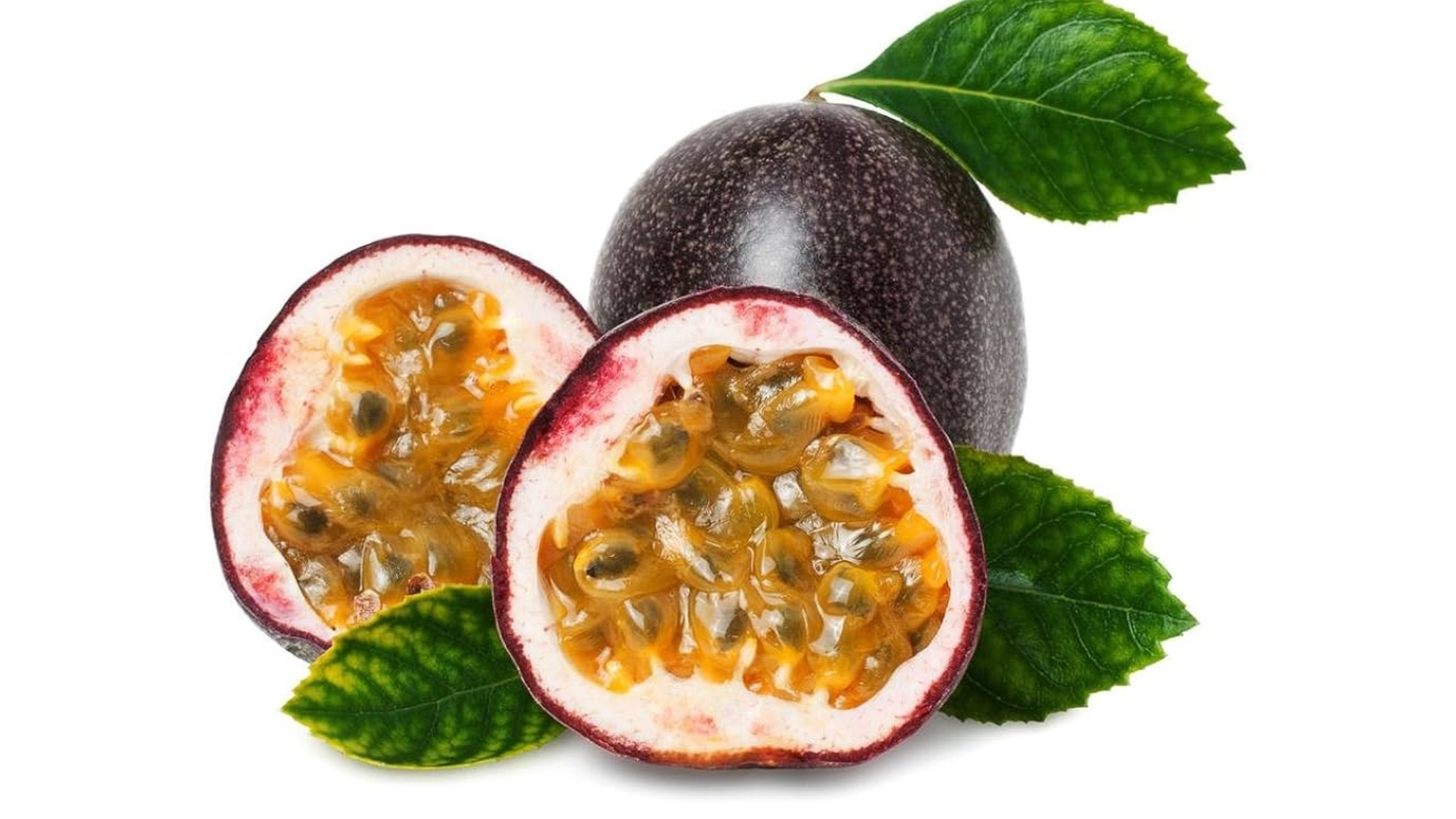
The tiki fruit is a tropical fruit with a bold, sweet, and tangy flavor. It’s often seen in tropical cocktails and fruit salads due to its refreshing taste.
Nutritional Value Per 100g:
- Calories: 72cal
- Fat: 0.5g
- Sodium: 2mg
- Carbohydrates: 17.0g
- Fiber: 3.4g
- Sugar: 12.0g
- Protein: 0.9g
| Attribute | Information |
|---|---|
| Scientific Name | Cucumis melo |
| Harvesting Season | Summer to fall |
| Growing Conditions | Warm, tropical climates |
| Culinary Uses | Cocktails, salads, fresh consumption |
| Popular Regions | Hawaii, Pacific Islands |
Fun Fact: Tiki fruits are commonly associated with tiki bars and island-inspired drinks, making them a favorite for tropical-themed parties.
9. Tindora
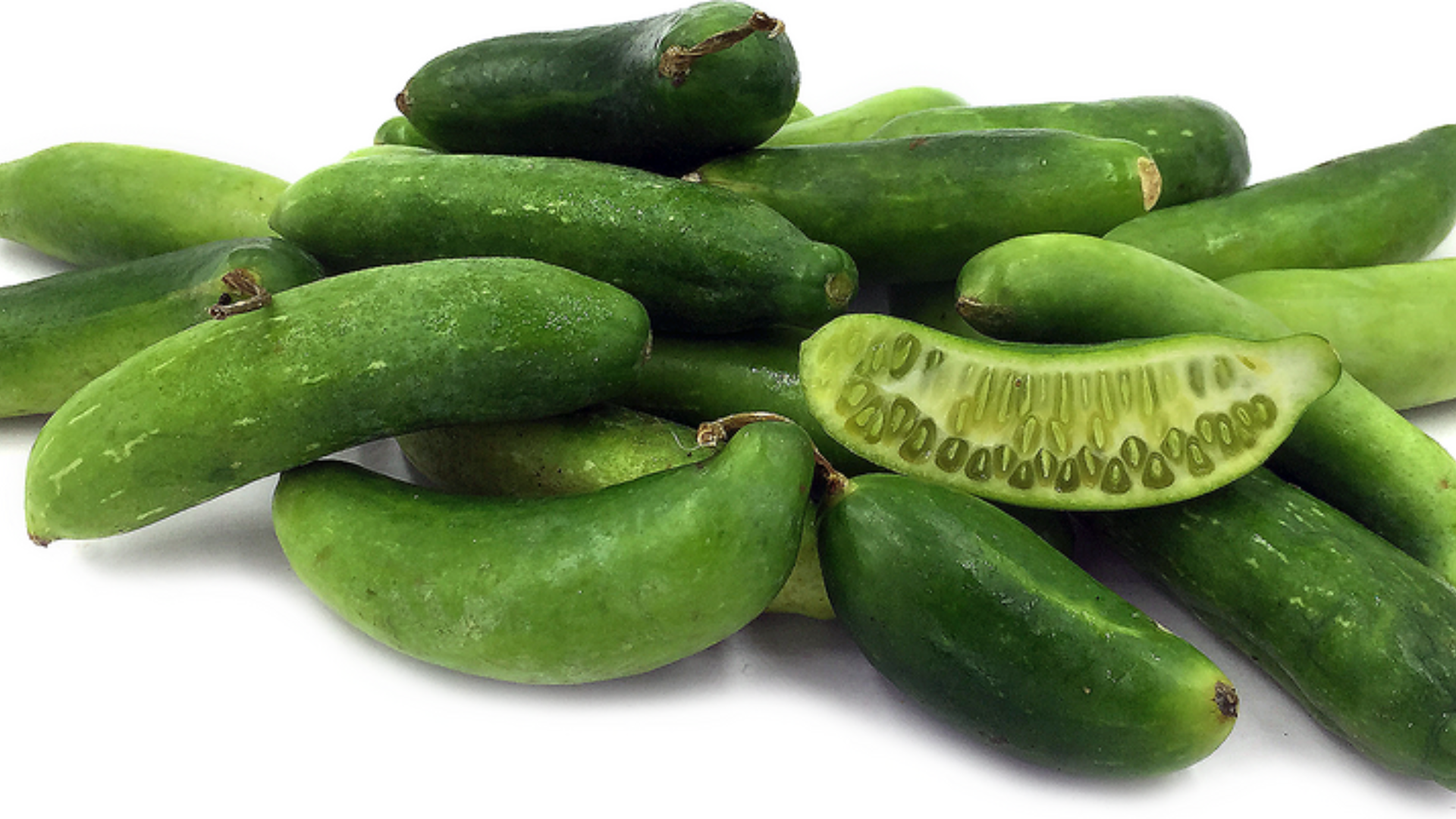
Tindora, also known as ivy gourd, is a small, green vegetable that’s often used in Indian cuisine. It has a slightly bitter flavor and is commonly stir-fried, pickled, or added to curries.
Nutritional Value Per 100g:
- Calories: 20cal
- Fat: 0.2g
- Sodium: 2mg
- Carbohydrates: 4.4g
- Fiber: 2.0g
- Sugar: 2.3g
- Protein: 1.0g
| Attribute | Information |
|---|---|
| Scientific Name | Coccinia grandis |
| Harvesting Season | Year-round in tropical regions |
| Growing Conditions | Warm climates, well-drained soil |
| Culinary Uses | Stir-fries, curries, pickles |
| Popular Regions | India, Southeast Asia |
Fun Fact: Tindora is believed to have medicinal properties, helping with digestion and aiding in weight loss.
10. Thai Guava
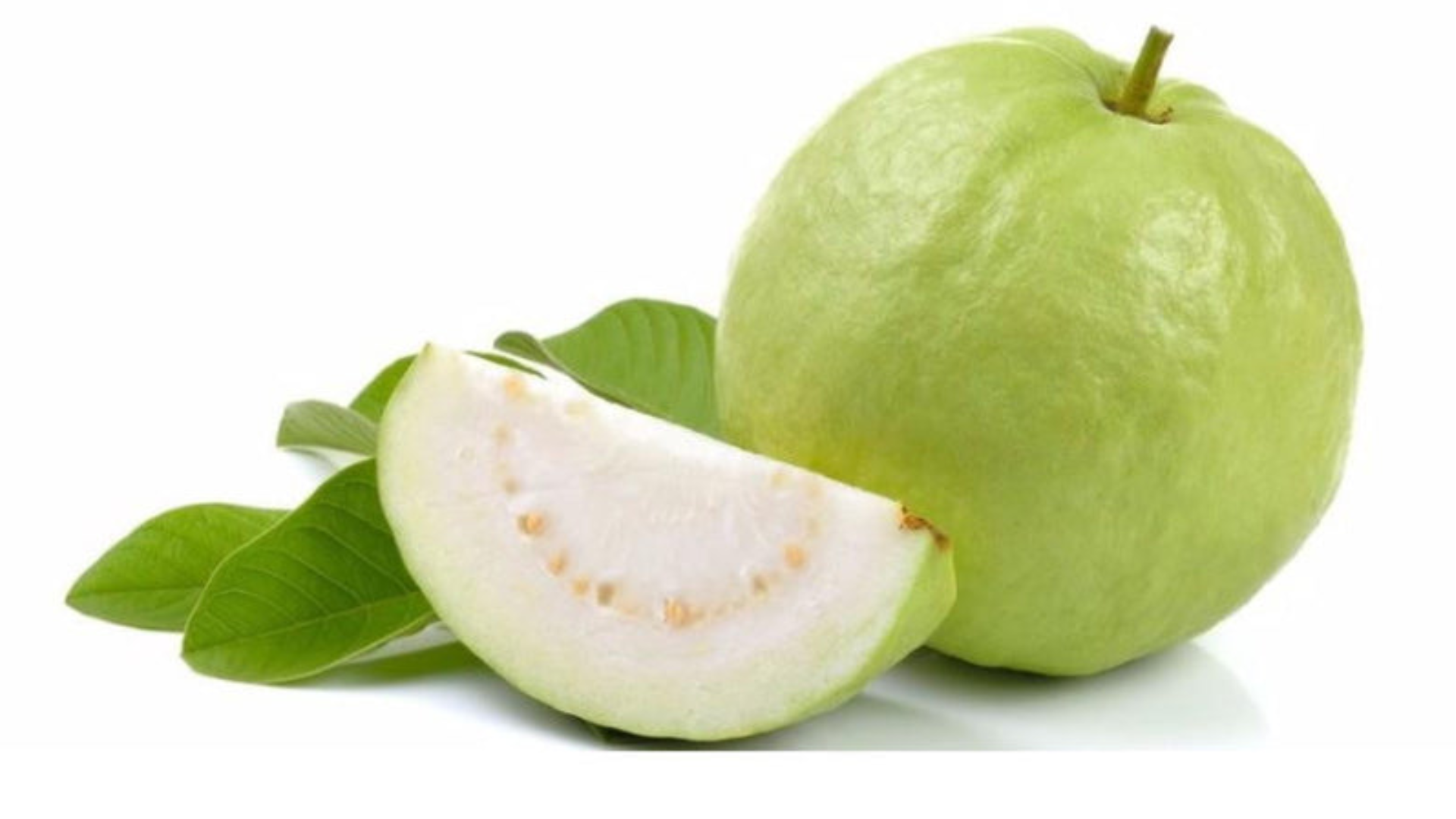
Thai guava is a tropical fruit with a crisp texture and a mildly sweet flavor. It is often eaten fresh or used in juices, smoothies, and desserts.
Nutritional Value Per 100g:
- Calories: 68cal
- Fat: 0.6g
- Sodium: 2mg
- Carbohydrates: 17.0g
- Fiber: 5.4g
- Sugar: 5.4g
- Protein: 1.0g
| Attribute | Information |
|---|---|
| Scientific Name | Psidium guajava |
| Harvesting Season | Year-round in tropical climates |
| Growing Conditions | Tropical climates, fertile soil |
| Culinary Uses | Juices, smoothies, salads, fresh |
| Popular Regions | Southeast Asia, India, South America |
Fun Fact: Thai guava is highly rich in vitamin C, which makes it excellent for boosting the immune system.
11. Thai Mango
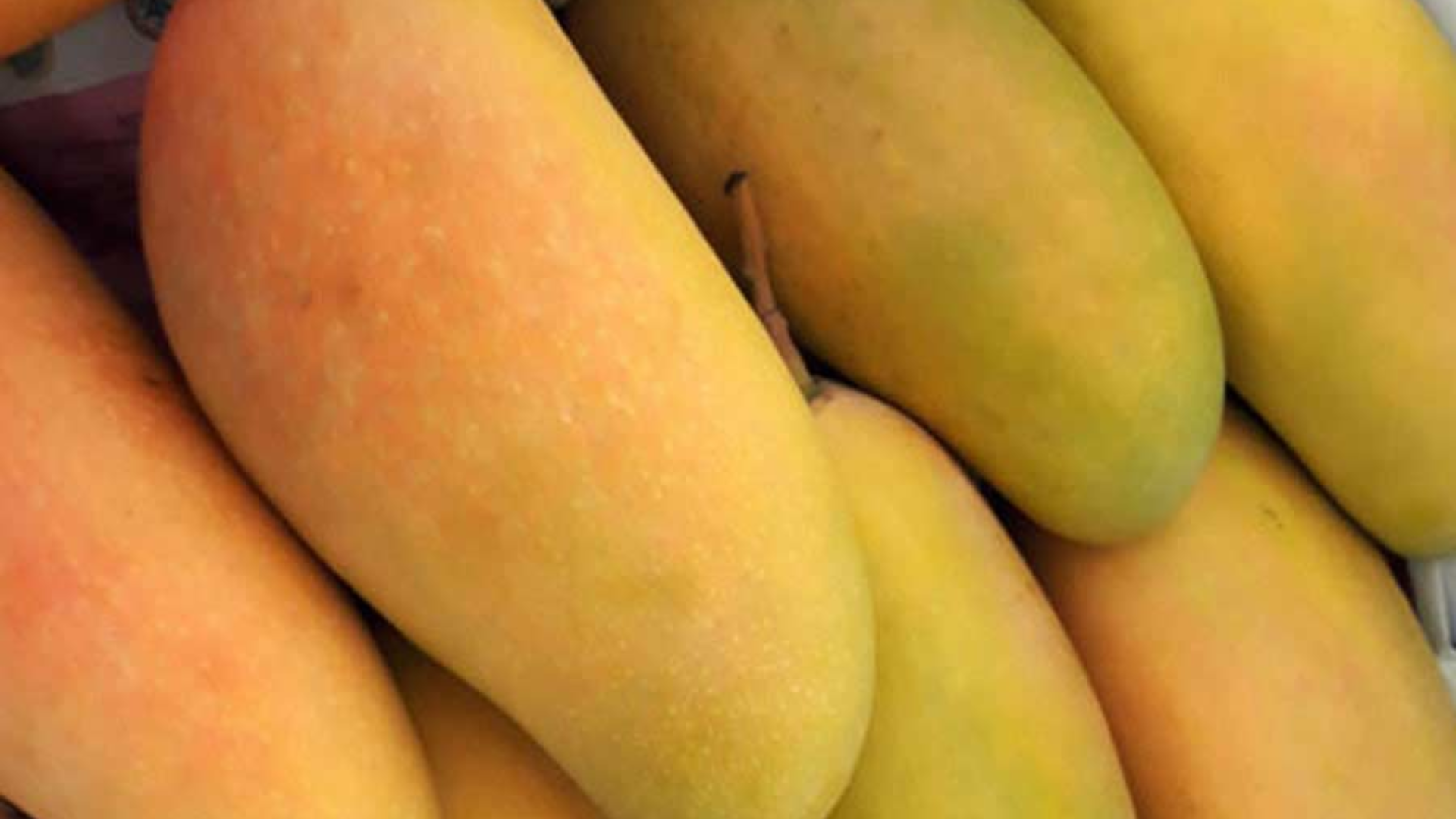
The Thai mango is a delicious, tropical fruit with a smooth, juicy texture and a sweet, aromatic flavor. It’s popular in Thai cuisine and often used in desserts like sticky rice with mango.
Nutritional Value Per 100g:
- Calories: 60cal
- Fat: 0.4g
- Sodium: 1mg
- Carbohydrates: 15.0g
- Fiber: 1.6g
- Sugar: 13.0g
- Protein: 0.8g
| Attribute | Information |
|---|---|
| Scientific Name | Mangifera indica |
| Harvesting Season | Summer to fall |
| Growing Conditions | Tropical climates, sunny locations |
| Culinary Uses | Desserts, salads, smoothies |
| Popular Regions | Southeast Asia, India, Thailand |
Fun Fact: Thai mangoes are considered the best variety for the popular Thai dessert “Mango Sticky Rice,” a sweet and creamy treat.
12. Thai Papaya
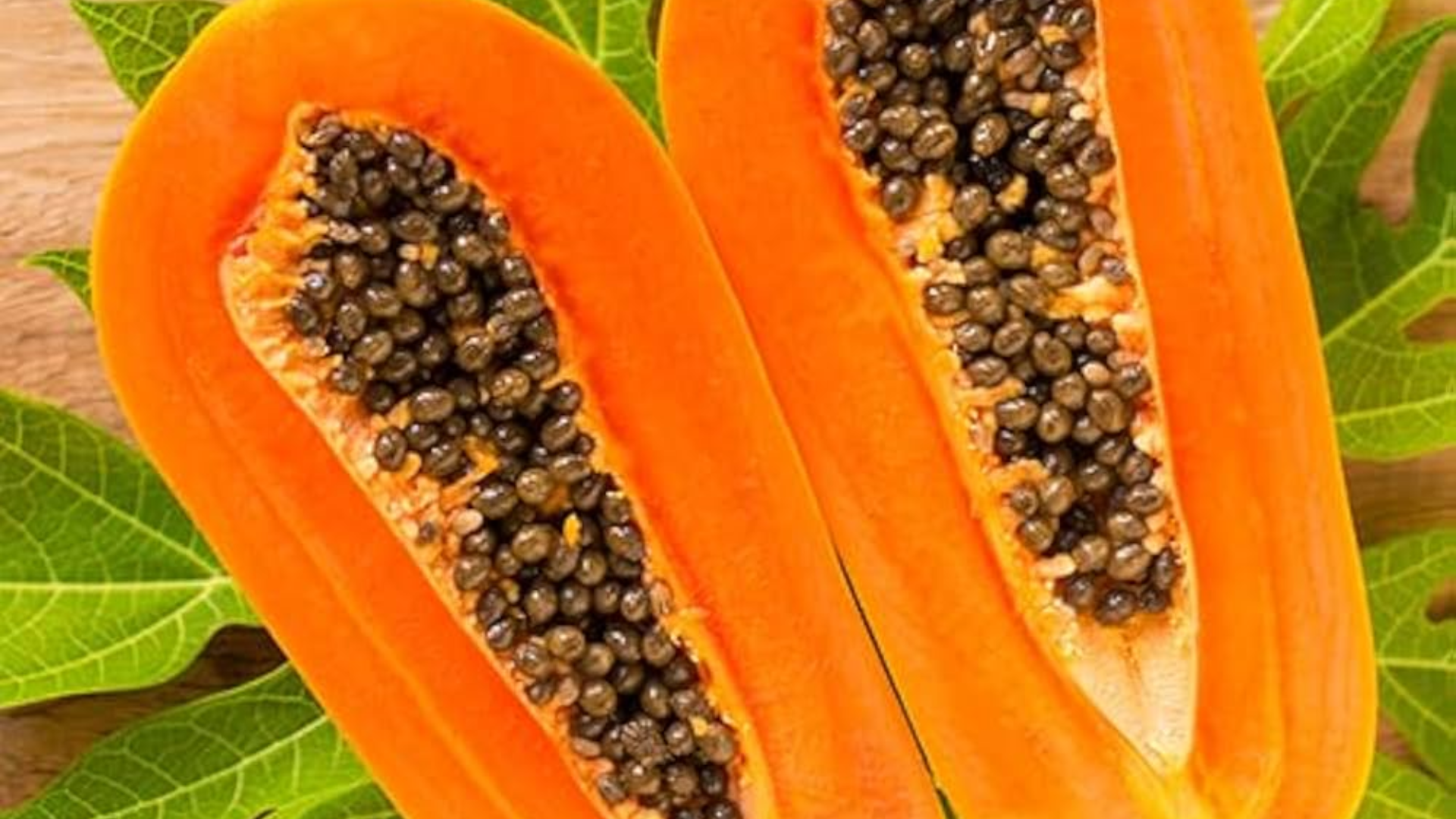
Thai papaya is a tropical fruit known for its sweet, orange flesh and a mild flavor. It is often used in Thai papaya salad (som tam) and other savory dishes.
Nutritional Value Per 100g:
- Calories: 43cal
- Fat: 0.2g
- Sodium: 3mg
- Carbohydrates: 11.0g
- Fiber: 1.7g
- Sugar: 5.9g
- Protein: 0.5g
| Attribute | Information |
|---|---|
| Scientific Name | Carica papaya |
| Harvesting Season | Year-round in tropical regions |
| Growing Conditions | Warm, tropical climates |
| Culinary Uses | Salads, smoothies, desserts |
| Popular Regions | Southeast Asia, Central America |
Fun Fact: Papayas are packed with an enzyme called papain, which helps with digestion and is commonly used as a meat tenderizer.
13. Thimbleberry
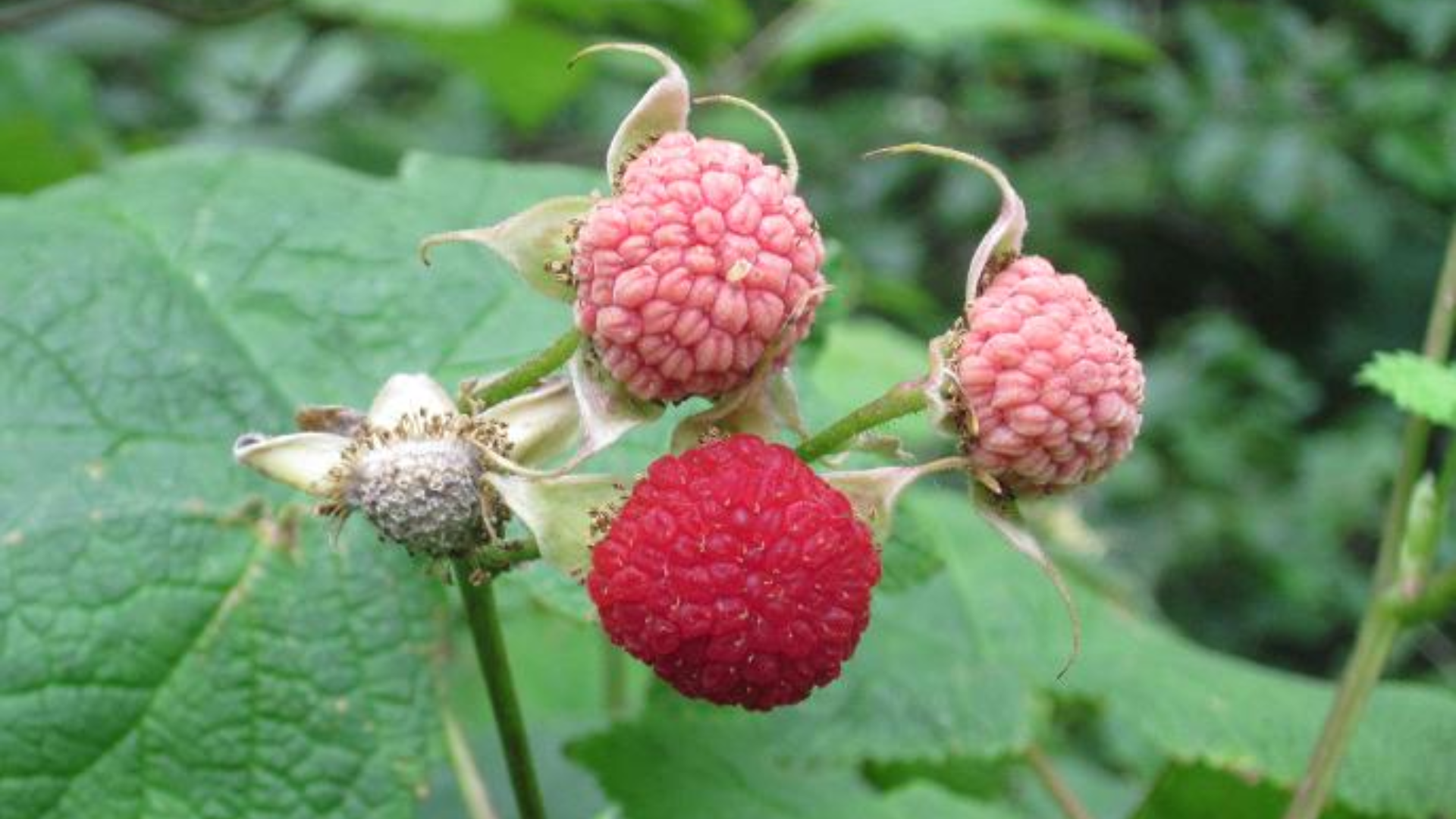
Thimbleberry is a small, red, delicate fruit that grows on thorny shrubs. It has a sweet, tart flavor and is often used in jams, jellies, and pies.
Nutritional Value Per 100g:
- Calories: 50cal
- Fat: 0.3g
- Sodium: 1mg
- Carbohydrates: 12.0g
- Fiber: 3.5g
- Sugar: 6.3g
- Protein: 1.0g
| Attribute | Information |
|---|---|
| Scientific Name | Rubus parviflorus |
| Harvesting Season | Summer |
| Growing Conditions | Cool, temperate climates |
| Culinary Uses | Jams, pies, desserts |
| Popular Regions | North America, Canada, Northern Europe |
Fun Fact: Thimbleberries are often called “nature’s candy” due to their sweet, tangy flavor and delicate texture.
14. Thumbelina Melon
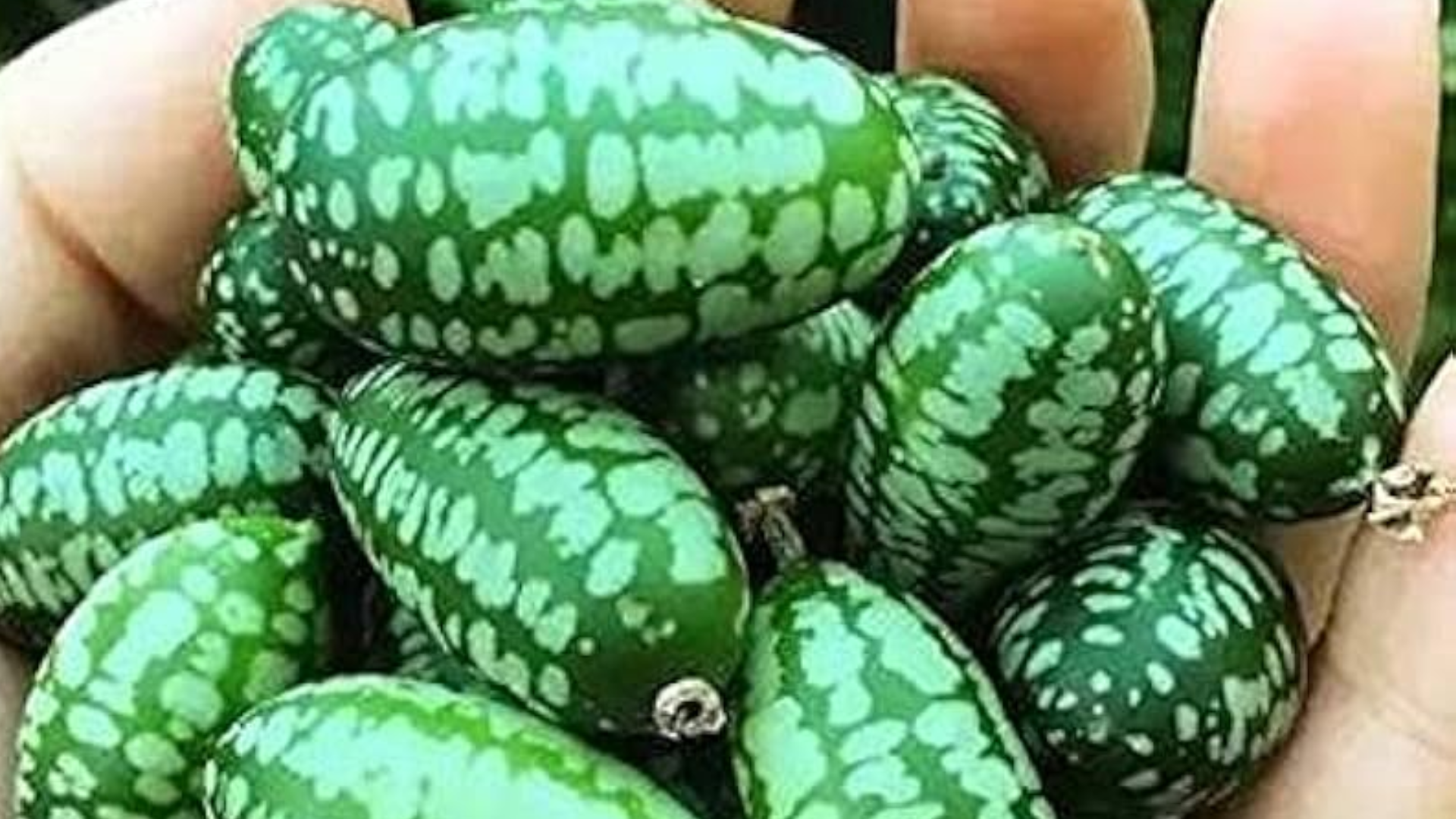
The Thumbelina melon is a small, round melon with a sweet, juicy flesh and a mild, honey-like flavor. It’s a popular snack and can be found in various summer fruit bowls.
Nutritional Value Per 100g:
- Calories: 34cal
- Fat: 0.2g
- Sodium: 1mg
- Carbohydrates: 8.6g
- Fiber: 0.9g
- Sugar: 6.5g
- Protein: 0.6g
| Attribute | Information |
|---|---|
| Scientific Name | Cucumis melo |
| Harvesting Season | Summer |
| Growing Conditions | Warm, sunny climates |
| Culinary Uses | Fresh, fruit salads, smoothies |
| Popular Regions | North America, Mediterranean |
Fun Fact: The Thumbelina melon is often favored for its small, portable size, making it easy to snack on while on the go.
15. Tibetan Cherry
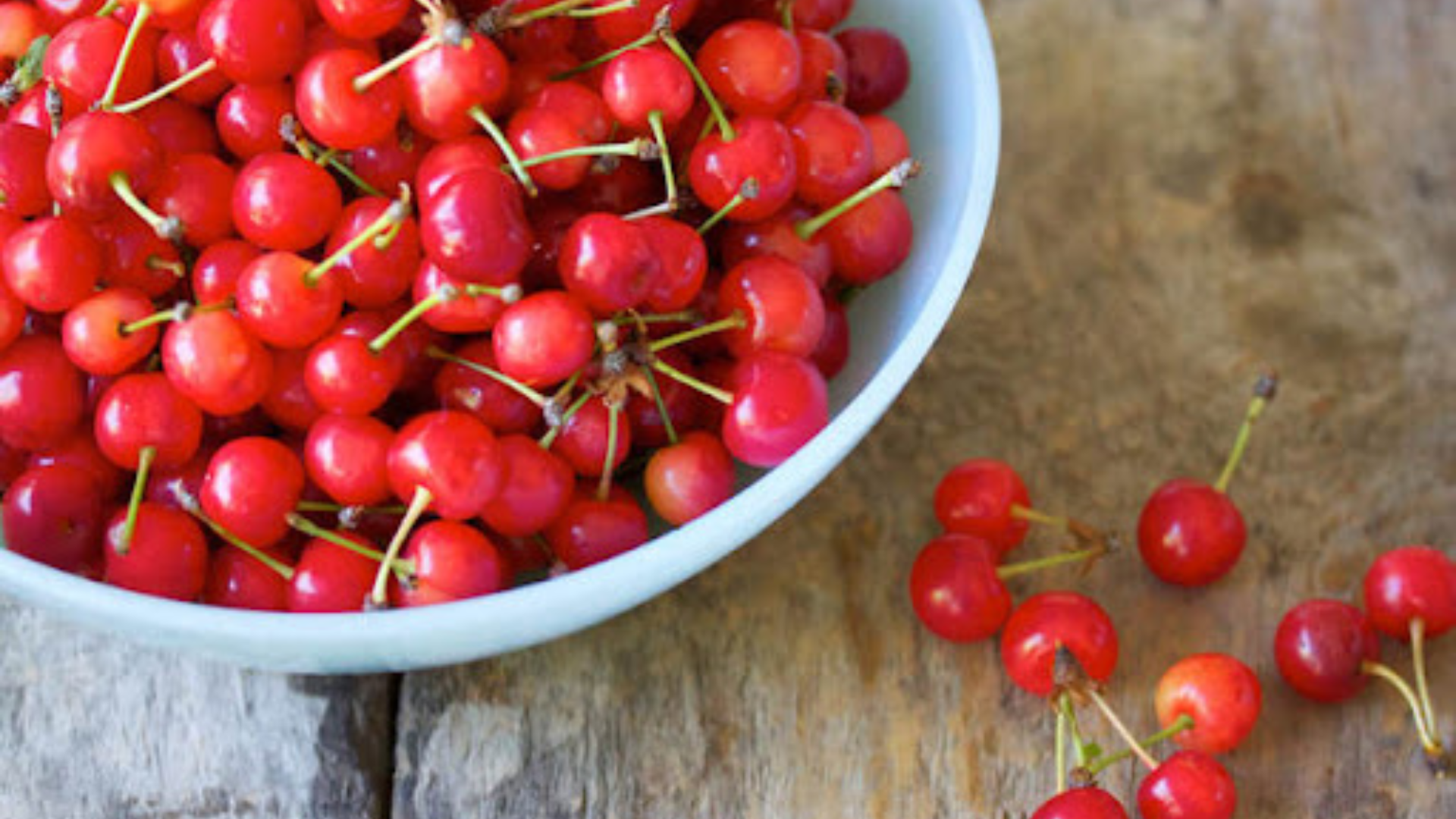
The Tibetan cherry is a unique fruit with a sour, tangy flavor. It grows in the high-altitude regions of Tibet and is often used in traditional Tibetan drinks and desserts.
Nutritional Value Per 100g:
- Calories: 52cal
- Fat: 0.3g
- Sodium: 1mg
- Carbohydrates: 13.5g
- Fiber: 2.0g
- Sugar: 7.2g
- Protein: 1.0g
| Attribute | Information |
|---|---|
| Scientific Name | Prunus cerasus |
| Harvesting Season | Summer |
| Growing Conditions | High-altitude, temperate climates |
| Culinary Uses | Drinks, jams, desserts |
| Popular Regions | Tibet, Himalayan regions |
Fun Fact: Tibetan cherries are often used in traditional Tibetan medicine to help with digestion and detoxification.
16. Tiger Nut
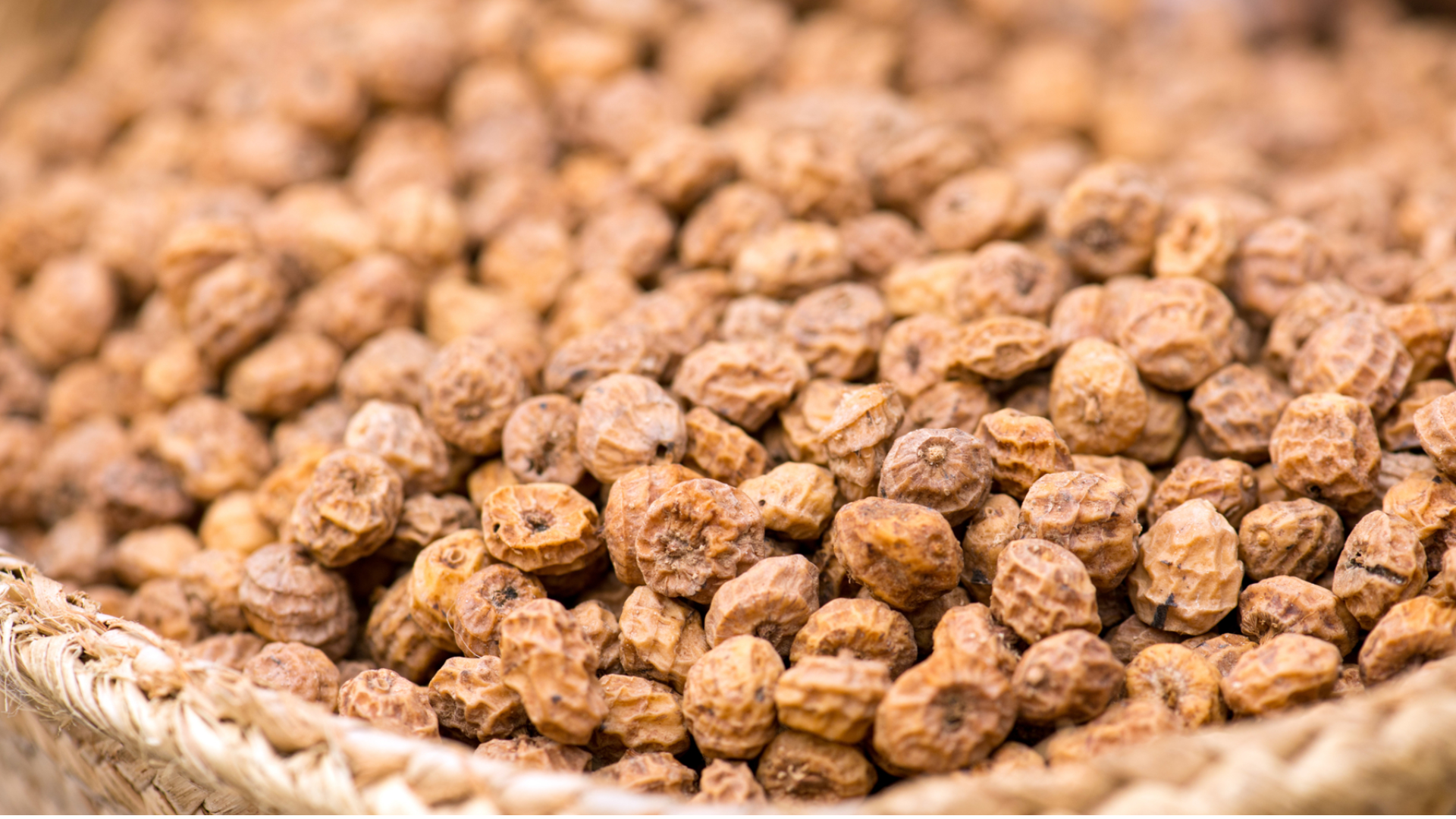
Tiger nut, also known as “earth almond,” is a small, nutty tuber with a sweet, earthy flavor. It is often used to make horchata, a traditional drink, or eaten raw as a snack.
Nutritional Value Per 100g:
- Calories: 120cal
- Fat: 8.0g
- Sodium: 2mg
- Carbohydrates: 17.0g
- Fiber: 6.0g
- Sugar: 4.0g
- Protein: 2.0g
| Attribute | Information |
|---|---|
| Scientific Name | Cyperus esculentus |
| Harvesting Season | Late summer to fall |
| Growing Conditions | Warm, dry climates |
| Culinary Uses | Horchata, raw snacks, smoothies |
| Popular Regions | Mediterranean, West Africa |
Fun Fact: Tiger nuts are actually tubers and not nuts, making them a great option for those with nut allergies.
17. Tropical Almond
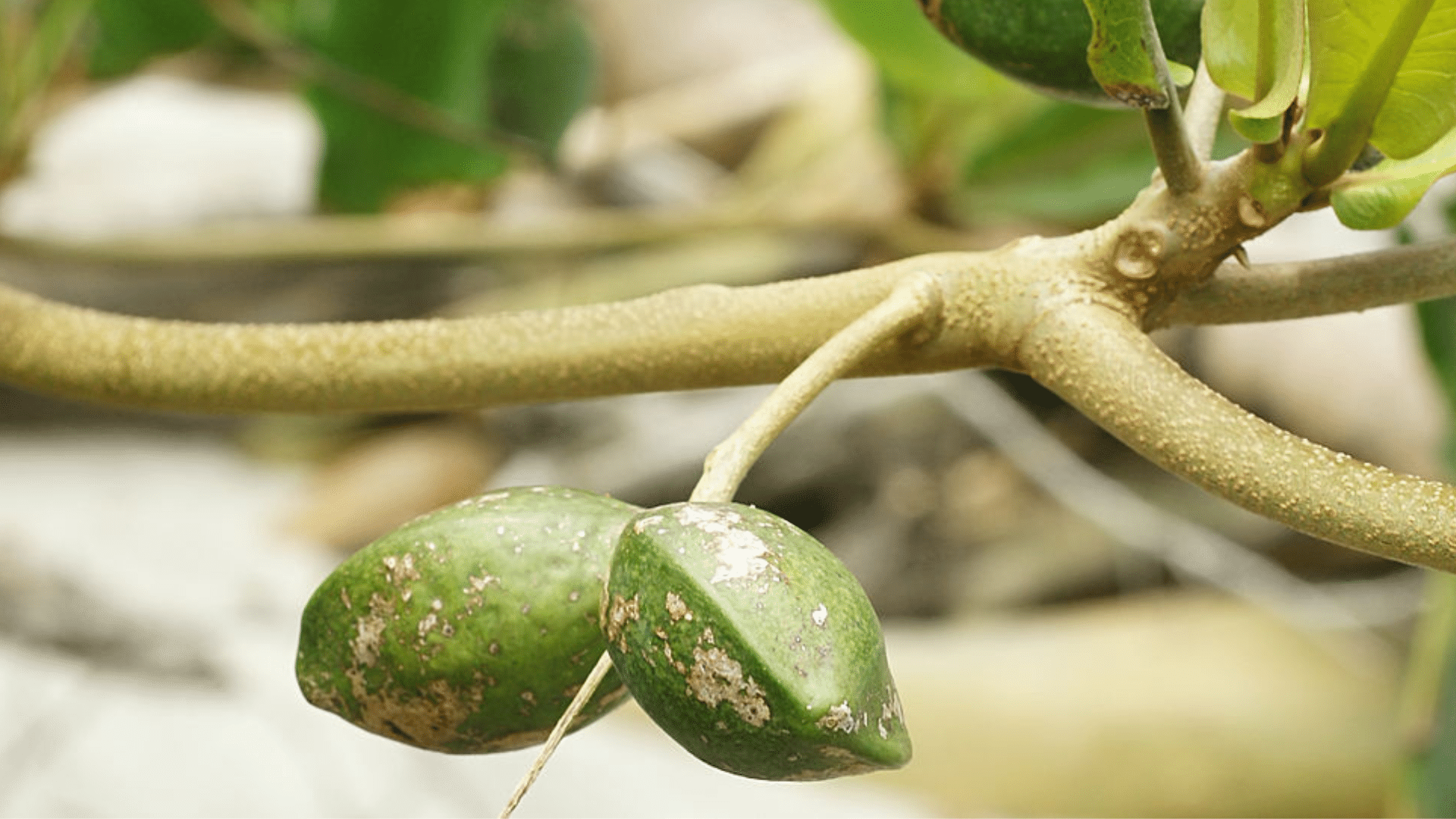
The tropical almond is a large, reddish-brown fruit that comes from the tropical almond tree. Its nut is edible and is often used in savory dishes or eaten raw.
Nutritional Value Per 100g:
- Calories: 252cal
- Fat: 22.0g
- Sodium: 2mg
- Carbohydrates: 11.0g
- Fiber: 3.5g
- Sugar: 2.0g
- Protein: 8.0g
| Attribute | Information |
|---|---|
| Scientific Name | Terminalia catappa |
| Harvesting Season | Summer to fall |
| Growing Conditions | Tropical climates, well-drained soil |
| Culinary Uses | Raw, roasted, in savory dishes |
| Popular Regions | Southeast Asia, Pacific Islands |
Fun Fact: Tropical almonds are often used to make healthy snacks, and their leaves and bark are also used in traditional medicine.
18. Tutti Frutti
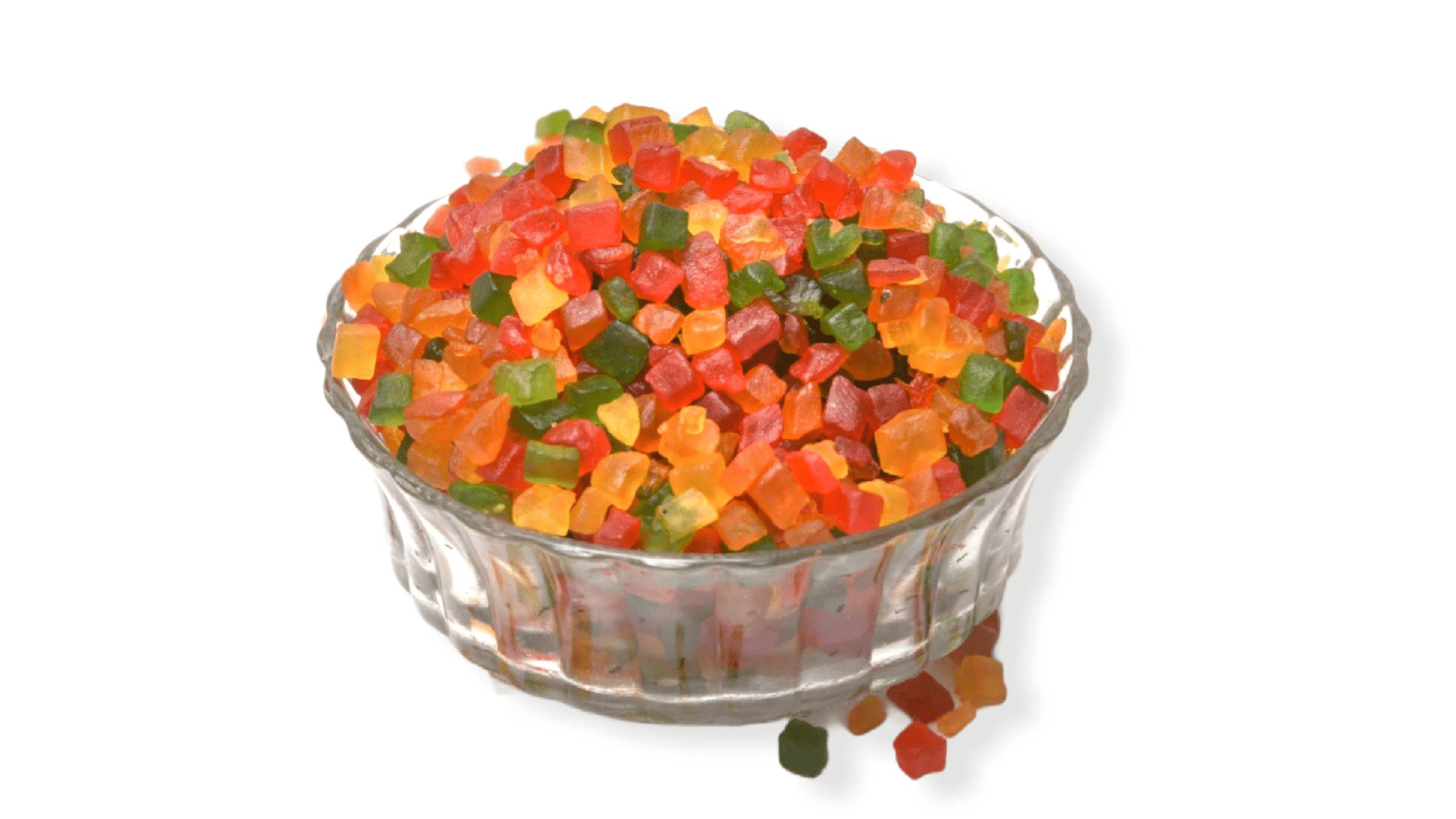
Tutti frutti is a mixed fruit flavor often associated with ice cream and desserts. The term also refers to a candy made with a variety of colorful fruits, typically including citrus and berries.
Nutritional Value Per 100g:
- Calories: 300cal
- Fat: 5.0g
- Sodium: 10mg
- Carbohydrates: 65.0g
- Fiber: 4.5g
- Sugar: 55.0g
- Protein: 0.5g
| Attribute | Information |
|---|---|
| Scientific Name | Varied fruit mix |
| Harvesting Season | Year-round |
| Growing Conditions | Depends on individual fruits |
| Culinary Uses | Ice cream, candy, fruit salads |
| Popular Regions | Worldwide, especially in desserts |
Fun Fact: The name “tutti frutti” is Italian, meaning “all fruits,” and refers to a mix of different fruits often found in desserts and confections.
19. Tacca
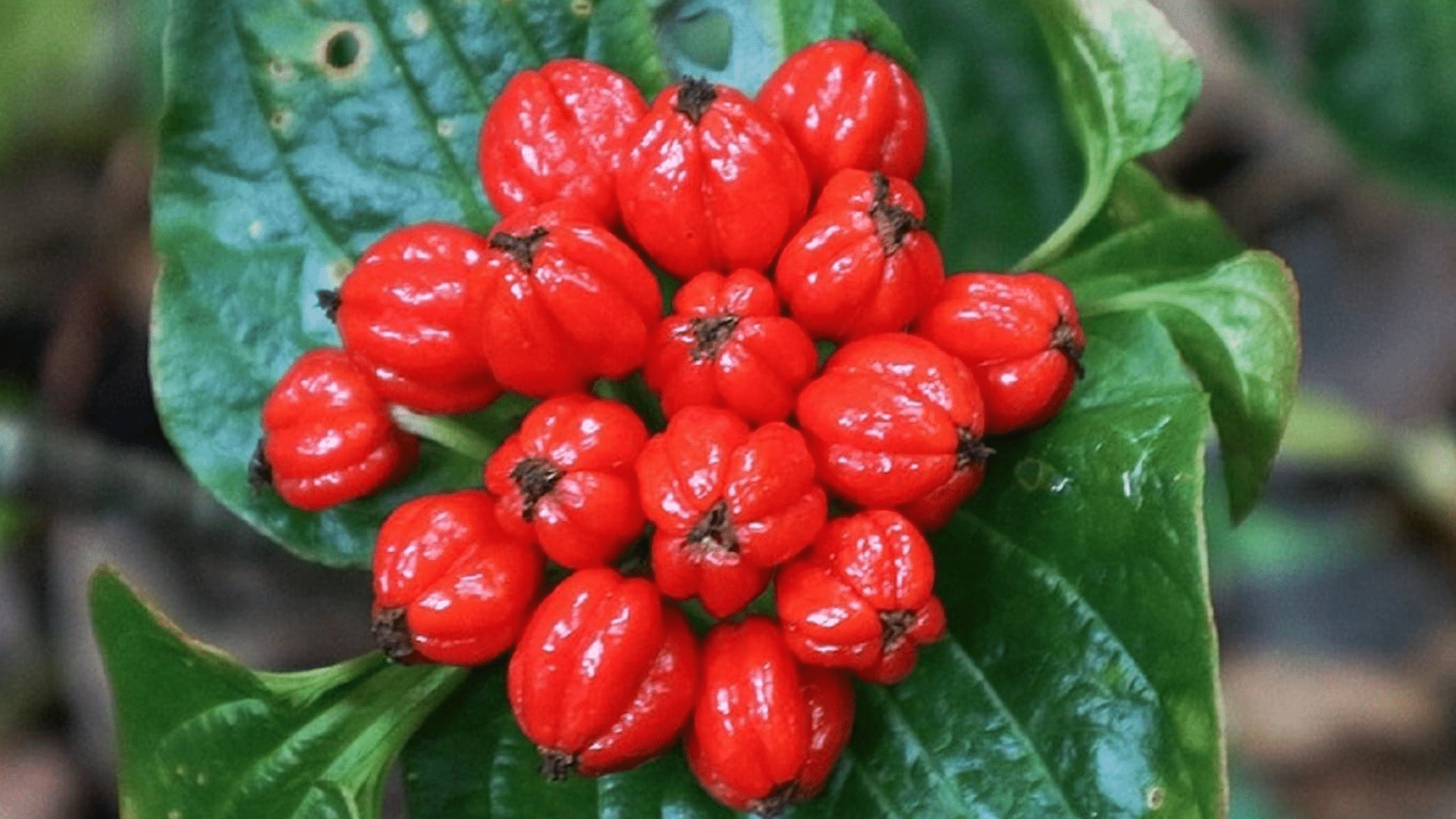
Tacca is a tropical fruit with large, potato-like tubers. It is commonly used in Pacific Island and Southeast Asian cuisines and can be boiled or roasted for consumption.
Nutritional Value Per 100g:
- Calories: 142cal
- Fat: 0.4g
- Sodium: 5mg
- Carbohydrates: 35.0g
- Fiber: 5.0g
- Sugar: 2.5g
- Protein: 1.2g
| Attribute | Information |
|---|---|
| Scientific Name | Tacca palmata |
| Harvesting Season | Year-round |
| Growing Conditions | Tropical regions, moist soil |
| Culinary Uses | Boiled, roasted, mashed |
| Popular Regions | Pacific Islands, Southeast Asia |
Fun Fact: Tacca’s tubers are a staple food in some Pacific Island cultures, often used as a root vegetable in various dishes.
20. Treviso (Radicchio)
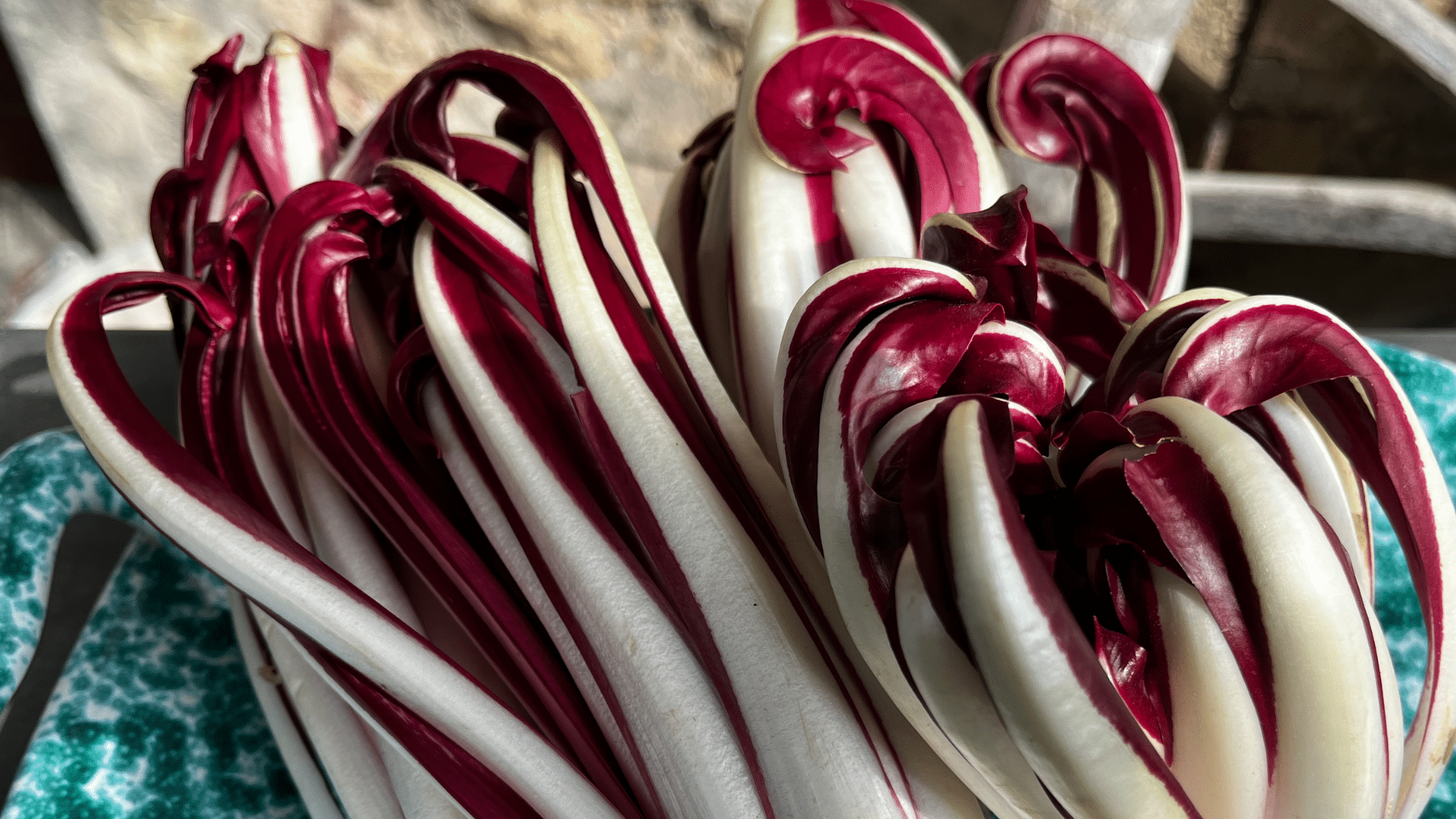
Treviso is a type of Italian chicory, often considered a vegetable but sometimes classified as a fruit due to its edible, slightly bitter leaves. It’s commonly used in salads and grilled dishes.
Nutritional Value Per 100g:
- Calories: 23cal
- Fat: 0.3g
- Sodium: 4mg
- Carbohydrates: 4.3g
- Fiber: 1.2g
- Sugar: 0.7g
- Protein: 1.6g
| Attribute | Information |
|---|---|
| Scientific Name | Cichorium intybus |
| Harvesting Season | Fall and early winter |
| Growing Conditions | Cool, temperate climates |
| Culinary Uses | Salads, grilled, pickled |
| Popular Regions | Italy, Mediterranean |
Fun Fact: Treviso’s vibrant, red-tinged leaves are often used to add color and a hint of bitterness to Italian dishes.
21. Tonka Bean
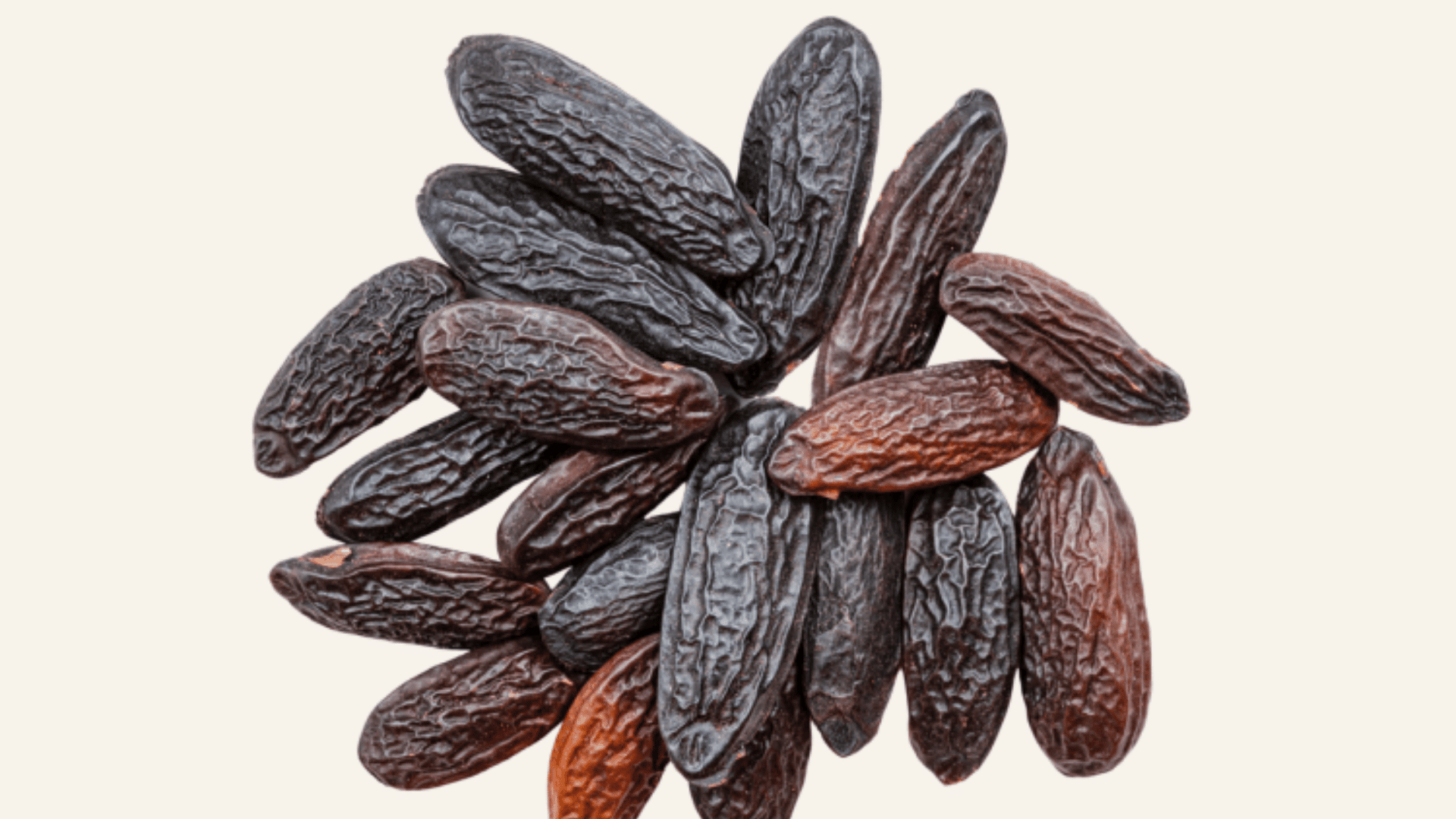
Tonka bean is a small, aromatic seed from the tonka tree, native to South America. It is known for its sweet, vanilla-like flavor and is often used in desserts, candies, and perfumes.
Nutritional Value Per 100g:
- Calories: 300cal
- Fat: 20g
- Sodium: 3mg
- Carbohydrates: 40g
- Fiber: 5g
- Sugar: 25g
- Protein: 3g
| Attribute | Information |
|---|---|
| Scientific Name | Dipteryx odorata |
| Harvesting Season | Year-round |
| Growing Conditions | Tropical rainforests, humid |
| Culinary Uses | Desserts, ice cream, chocolates |
| Popular Regions | South America, Caribbean |
Fun Fact: Tonka beans contain coumarin, which is known for its sweet fragrance and is used in perfumery and flavoring.
22. Trapa Nut
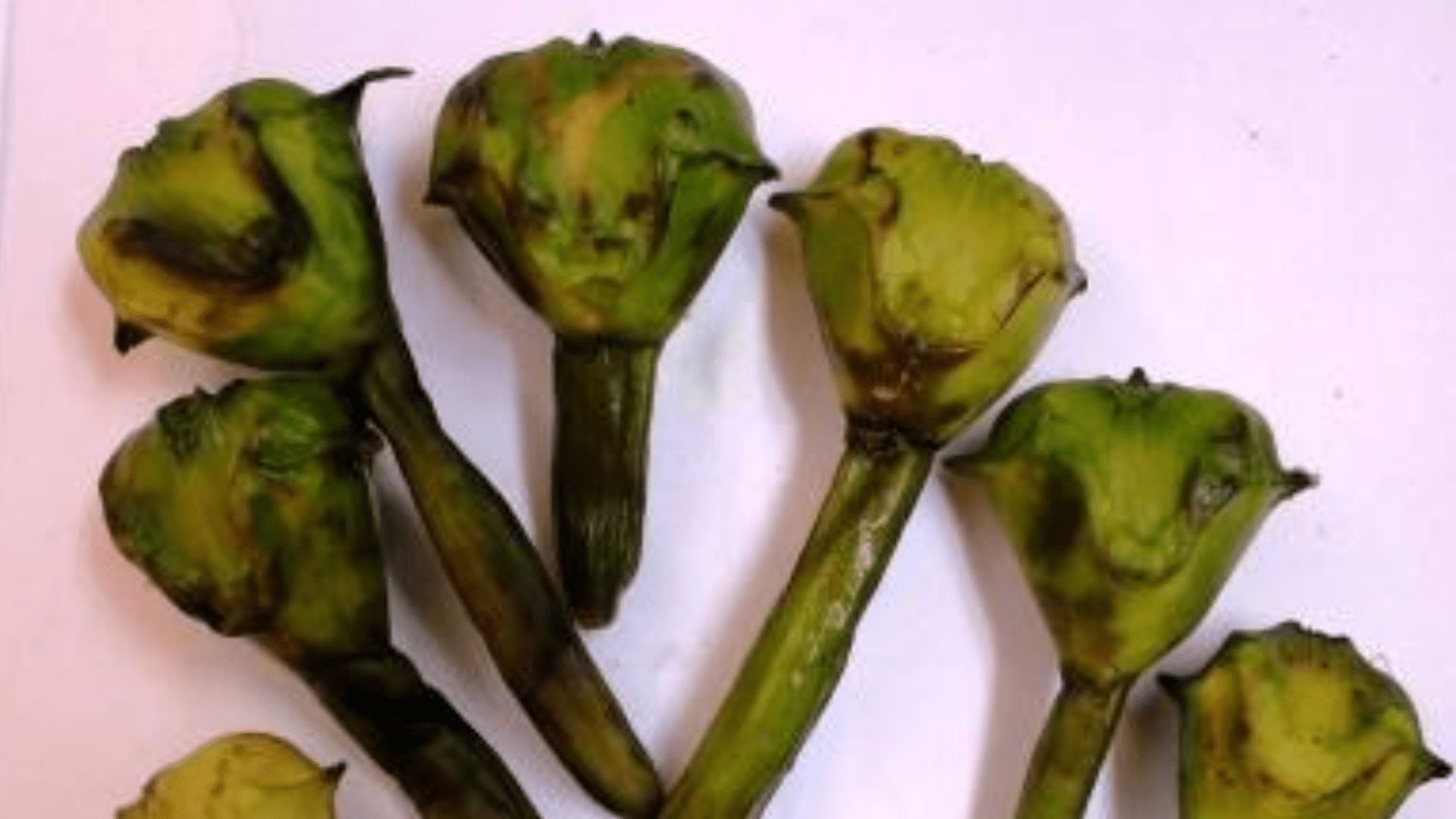
Trapa nut, also known as water chestnut or “singhara,” is a small, aquatic fruit with a crunchy texture. It is often used in Asian cuisine, particularly in soups and stir-fries.
Nutritional Value Per 100g:
- Calories: 97cal
- Fat: 0.1g
- Sodium: 0mg
- Carbohydrates: 23.0g
- Fiber: 3.6g
- Sugar: 3.3g
- Protein: 3.0g
| Attribute | Information |
|---|---|
| Scientific Name | Trapa bicornis |
| Harvesting Season | Late summer to fall |
| Growing Conditions | Aquatic environments, shallow water |
| Culinary Uses | Stir-fries, soups, salads |
| Popular Regions | Asia, Southeast Asia, India |
Fun Fact: Trapa nuts have been consumed for thousands of years and were even used as a staple food in ancient Egypt.
23. Tsubaki Fruit
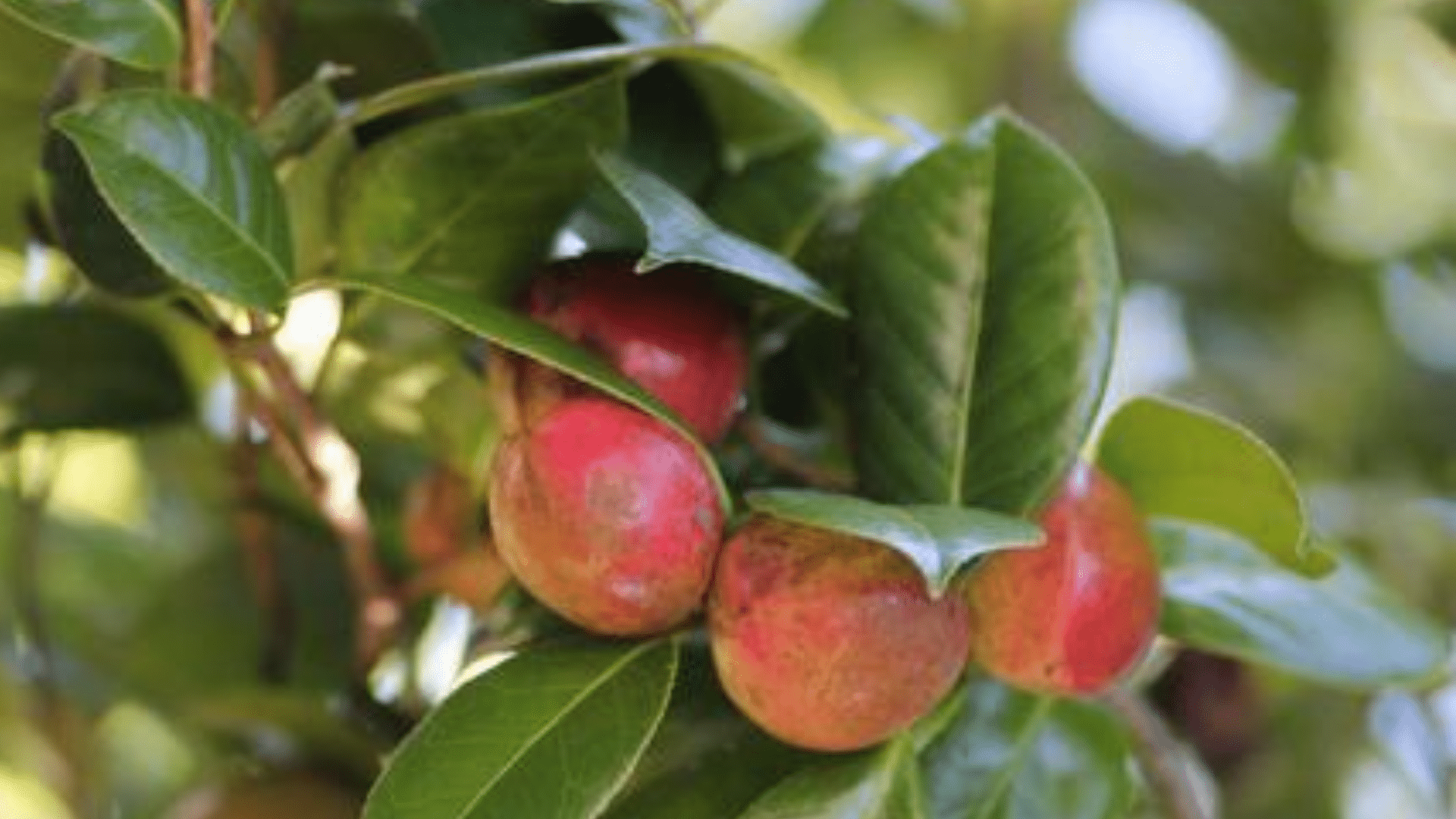
Tsubaki fruit, also known as the camellia fruit, comes from the camellia tree and is prized for its oil, which is often used in cosmetics and cooking. The fruit has a slightly sweet, nutty taste.
Nutritional Value Per 100g:
- Calories: 80cal
- Fat: 5.5g
- Sodium: 1mg
- Carbohydrates: 10.0g
- Fiber: 3.0g
- Sugar: 6.0g
- Protein: 1.0g
| Attribute | Information |
|---|---|
| Scientific Name | Camellia japonica |
| Harvesting Season | Fall to early winter |
| Growing Conditions | Temperate climates, well-drained soil |
| Culinary Uses | Oil extraction, cosmetics |
| Popular Regions | Japan, East Asia |
Fun Fact: Tsubaki fruit oil is a key ingredient in traditional Japanese beauty products and has been used for centuries to keep skin soft and moisturized.
Other Unique Fruits that Start with T
24. Tropaeolum (Nasturtium Fruit)
Tropaeolum, commonly known as nasturtium, is an edible plant whose seeds and flowers are used in culinary applications. The fruits, small and peppery, are often pickled or used in salads.
25. Tart Cherry
Tart cherries are known for their sharp, tangy flavor and are commonly used in pies, juices, and jams. They’re also renowned for their health benefits, particularly in improving sleep quality.
26. Tiger Fruit (Pitaya)
Tiger fruit, also known as pitaya or dragon fruit, is a striking, vibrant fruit with pink or yellow skin and white flesh speckled with small black seeds. It has a mildly sweet flavor and is commonly used in smoothies and fruit salads.
27. Taro Fruit
Taro fruit is part of the taro plant, known for its starchy root vegetable. The fruit, although less commonly consumed than the root, is sweet and has a nutty flavor when cooked.
28. Tindora (Ivy Gourd)
Tindora, or ivy gourd, is a small, green vegetable used extensively in Indian cuisine. It is typically stir-fried or added to curries for a crunchy texture.
29. Taku Fruit
Taku fruit is a lesser-known tropical fruit that grows in the rainforests of Southeast Asia. It has a soft, fibrous texture with a mildly sweet flavor, and is often used in juices or eaten fresh.
30. Tahitian Lime
Tahitian lime is a type of lime with a smooth, green skin and a tangy, acidic flavor. It is commonly used to add zest to dishes, drinks, and desserts.
31. Taro Fruit (Root)
Taro root is a starchy root vegetable with a subtle, nutty flavor. Although it is technically a root, it is often classified as a fruit in culinary contexts due to its versatility and use in a variety of dishes.
32. Tobacco Fruit
Tobacco fruit, known for its rich, earthy flavor, is an exotic fruit from the tropical regions of Asia. It is often used in traditional herbal remedies and is believed to have medicinal properties.
33. Teak Fruit
Teak fruit is the fruit of the teak tree, known for its large, woody fruit with a nutty flavor. The fruit’s hard shell makes it difficult to crack, but inside, there is a soft, edible pulp.
34. Tahitian Noni Fruit
Tahitian noni fruit, also known as morinda citrifolia, is a tropical fruit renowned for its health benefits. It has a pungent smell and a bitter taste, often consumed in juice form for its supposed medicinal properties.
35. Turmeric Fruit
Turmeric is more commonly known for its root, which is widely used as a spice. However, its fruit, which comes from the same plant, is occasionally consumed in some regions. It has a bright yellow color and a slightly bitter taste.
36. Tamarind Bean
Tamarind beans, also referred to as tamarind pods, contain the tangy, sweet pulp that is often used in cooking, particularly in Asian, African, and Latin American cuisines. The seeds within the pods are also edible.
37. Teak Nut
Teak nut, often associated with the teak tree, is a hard-shelled fruit that contains a seed with edible pulp. It’s not as commonly consumed but is sometimes used for its nutritional benefits and medicinal properties.
38. Tart Apple
Tart apples are a variety of apples that have a distinct tangy flavor. They are commonly used in baking and cooking, particularly in pies, crisps, and sauces.
39. Timber Fruit
Timber fruit is a tropical fruit that grows on the timber tree. It has a soft, sweet flesh with a slightly fibrous texture, and it’s often used in jams, jellies, and smoothies.
40. Tamarillo (Tree Tomato)
Tamarillo, also known as tree tomato, is a fruit with a tangy, slightly sweet flavor that is used in savory dishes and fresh salads. It is a popular fruit in South America, New Zealand, and other tropical regions.
41. Tindora (Ivy Gourd)
Tindora, also known as ivy gourd, is a small, green vegetable commonly used in Indian cuisine. It is typically stir-fried, pickled, or added to curries.
42. Tropical Apple
Tropical apple is a hybrid variety of apple that thrives in warm, tropical climates. It has a sweet, juicy flesh and is typically used in fruit salads and fresh juices.
43. Tassel Fruit
Tassel fruit is a small, round fruit with a sweet, tangy flavor and a slightly fibrous texture. It is commonly found in tropical rainforests and is used in local beverages and desserts.
44. Taro Fruit
Taro fruit, part of the taro plant, is an often-overlooked tropical fruit that has a nutty, sweet flavor. It is sometimes eaten raw, but most often, it is cooked to bring out its natural sweetness.
45. Tropical Mango
Tropical mango is a variety of mango that grows in tropical regions and has a sweet, juicy flesh with a distinct aroma. It is commonly used in smoothies, salsas, and fruit salads.
46. Tacca Palm Fruit
Tacca palm fruit is a small, round fruit found on the tacca palm tree. It has a fibrous texture and is used as a food source in some tropical regions, where it is boiled or roasted for consumption.
47. Tamarind Plum
Tamarind plum is a small, plum-like fruit with a tangy, sweet flavor. It is commonly used in cooking, especially in Caribbean and Southeast Asian dishes, to add a tart kick to sauces and stews.
48. Takuya Fruit
Takuya fruit is a lesser-known tropical fruit that has a refreshing flavor, combining sweet and citrusy notes. It is often used in fruit juices, jams, and desserts in certain regions.
49. Tassel Berry
Tassel berry is a tropical fruit that has a sweet, berry-like flavor. It is often consumed fresh or used in juices and is known for its small size and vibrant color.
Recipes Featuring Fruits that Start with T
1. Tangerine Glazed Chicken
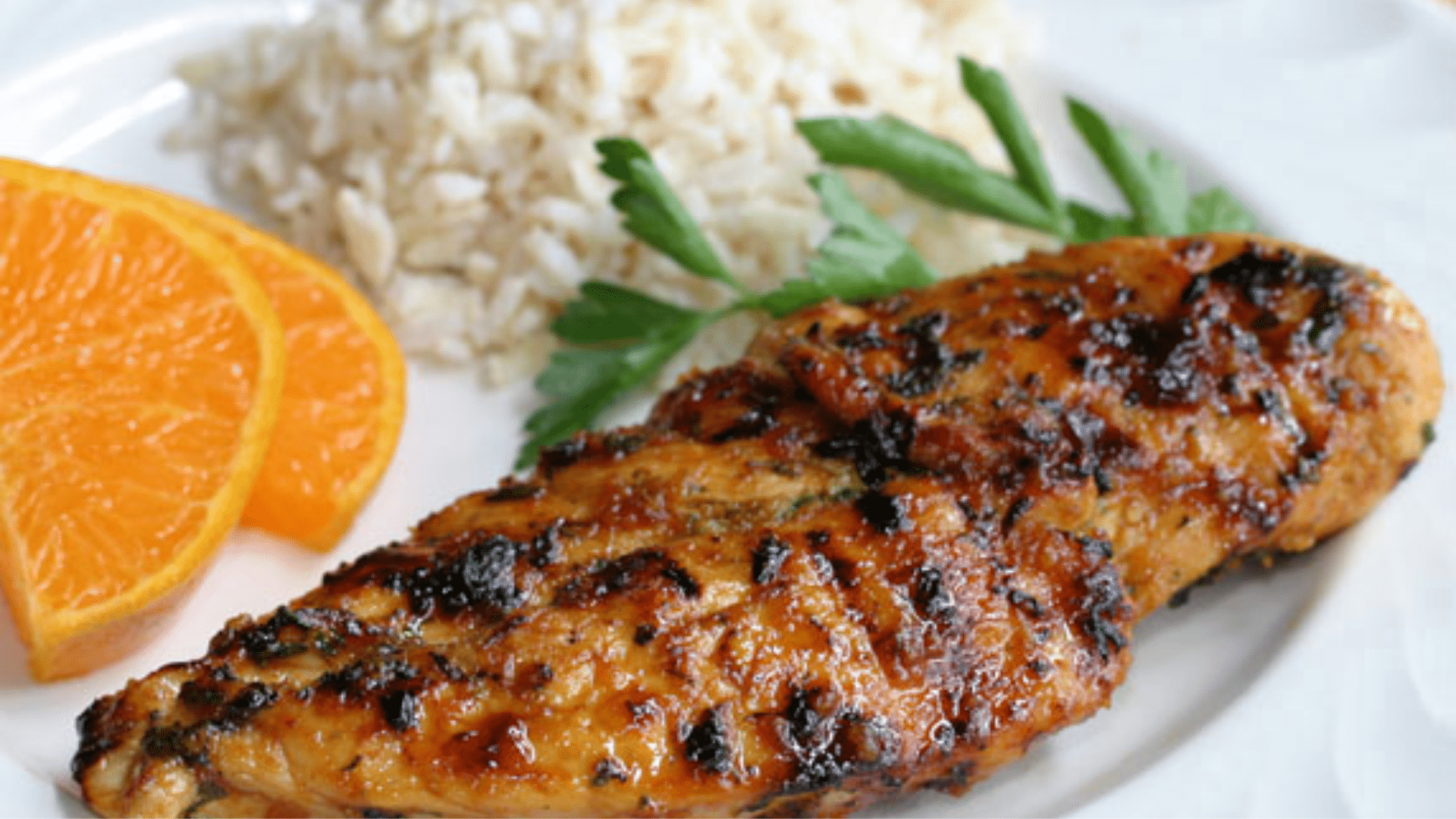
A tangy and sweet dish where tender chicken is coated in a tangerine glaze, perfect for dinner parties or a weeknight meal.
Ingredients:
- 4 boneless, skinless chicken breasts
- 1/2 cup fresh tangerine juice
- 1/4 cup honey
- 2 tbsp soy sauce
- 1 tsp grated ginger
- 1 clove garlic, minced
- Salt and pepper to taste
Instructions:
- In a small saucepan, combine tangerine juice, honey, soy sauce, ginger, and garlic. Bring to a simmer and cook for 10-15 minutes until the glaze thickens.
- Season chicken breasts with salt and pepper.
- Heat a skillet over medium heat and cook the chicken for 6-7 minutes on each side until fully cooked.
- Pour the tangerine glaze over the chicken in the last 2 minutes of cooking, allowing it to caramelize.
- Serve with rice or vegetables for a flavorful meal.
2. Tamarillo Salsa
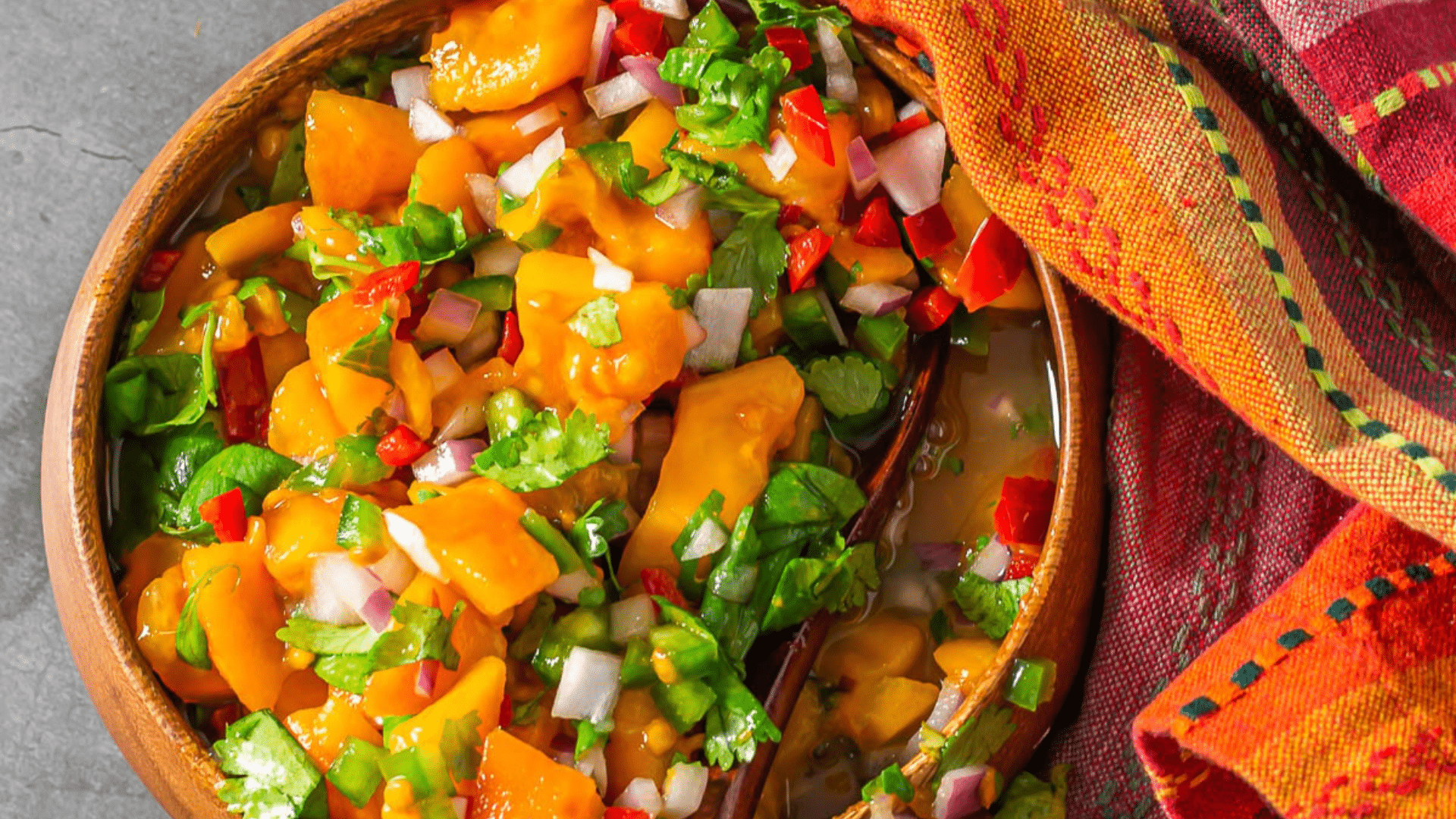
A fresh and tangy salsa using tamarillo, perfect as a topping for tacos, grilled meats, or as a dip for chips.
Ingredients:
- 2 tamarillos, peeled and diced
- 1/4 cup diced red onion
- 1 jalapeño pepper, finely chopped
- 1/4 cup chopped cilantro
- 1 tbsp lime juice
- Salt and pepper to taste
Instructions:
- In a bowl, combine tamarillo, red onion, jalapeño, cilantro, and lime juice.
- Season with salt and pepper to taste.
- Chill in the refrigerator for at least 30 minutes to let the flavors meld together.
- Serve with tortilla chips or as a topping for tacos or grilled chicken.
3. Tamarind Sorbet

A tangy and sweet tamarind sorbet that will cool you off during the summer months, with a unique flavor twist.
Ingredients:
- 1/2 cup tamarind pulp
- 1 cup water
- 1/2 cup sugar
- 1/2 cup lemon juice
- 1/4 tsp salt
Instructions:
- In a saucepan, combine tamarind pulp, water, and sugar. Simmer over low heat for 5-10 minutes, stirring until sugar is dissolved.
- Remove from heat and mix in lemon juice and salt.
- Pour the mixture into a shallow dish and freeze for 4-6 hours, stirring every 30 minutes.
- Serve as a refreshing treat on hot days.
4. Tropical Guava Smoothie
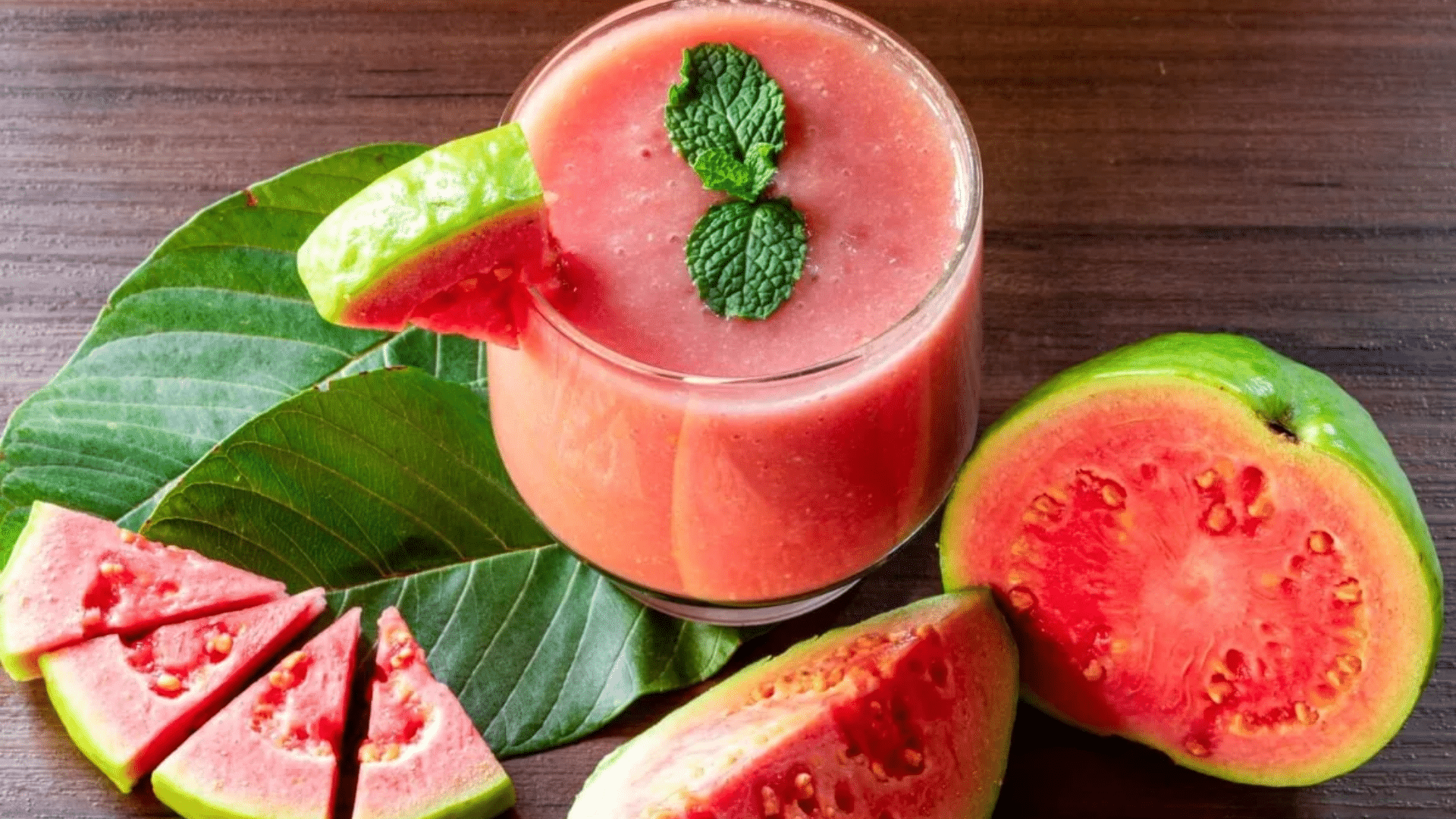
A creamy and refreshing tropical smoothie made with guava, perfect for breakfast or as a midday snack.
Ingredients:
- 1 ripe guava, peeled and chopped
- 1/2 cup coconut milk
- 1/2 cup pineapple chunks
- 1/2 banana
- 1 tbsp honey (optional)
Instructions:
- Combine all ingredients in a blender and blend until smooth.
- Add honey for extra sweetness, if desired.
- Pour into a glass and serve chilled for a tropical, nutrient-packed smoothie.
5. Tindora Stir-Fry
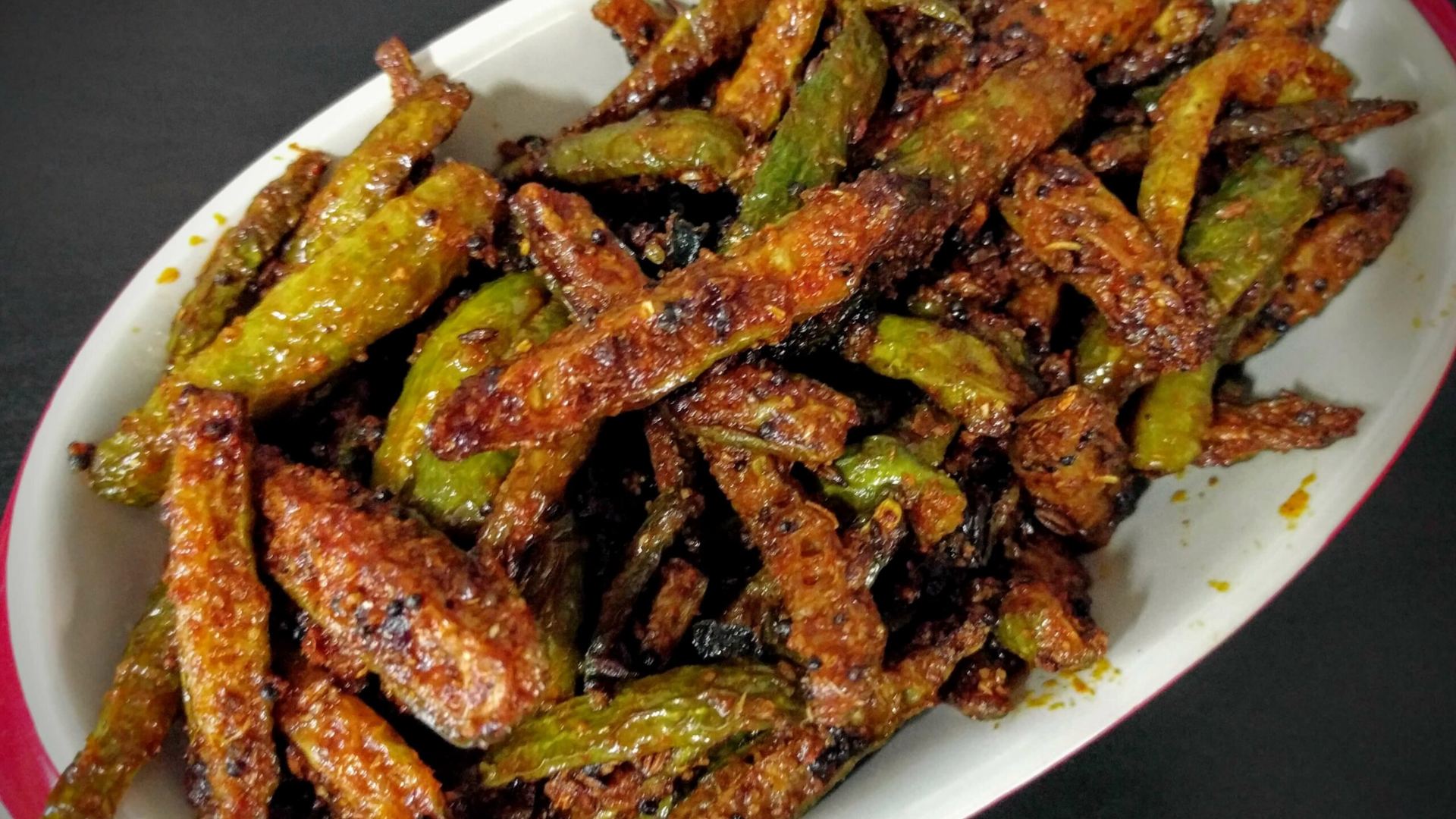
A quick and healthy stir-fry featuring tindora (ivy gourd), perfect as a side dish or paired with rice.
Ingredients:
- 1 lb tindora (ivy gourd), sliced
- 1 tbsp oil (vegetable or olive)
- 1/2 onion, sliced
- 1 bell pepper, sliced
- 1 tsp turmeric powder
- 1/2 tsp cumin seeds
- Salt to taste
- 1/4 tsp chili powder (optional)
- Fresh cilantro for garnish
Instructions:
- Heat oil in a skillet over medium heat. Add cumin seeds and sauté until they pop.
- Add onion and bell pepper, cooking for 3-4 minutes until soft.
- Stir in sliced tindora, turmeric, chili powder (optional), and salt. Cook for another 5-7 minutes until tender.
- Garnish with fresh cilantro and serve with rice or flatbread.
Conclusion
There you have it—our quest through the wonderful world of T-fruits comes to an end.
These tasty treasures might not always be front and center in the produce aisle, but they’re definitely worth seeking out.
Each one brings its own unique flavor profile and nutritional punch to the table.
Next time you’re shopping, why not grab a tamarind or try a tayberry?
Your taste buds will thank you! Remember, expanding your fruit horizons isn’t just about new flavors—it’s about looking out for different cultures, boosting your health, and adding excitement to everyday meals.
So go ahead, welcome these fantastic fruits that start with T. Your culinary quest is just beginning!


